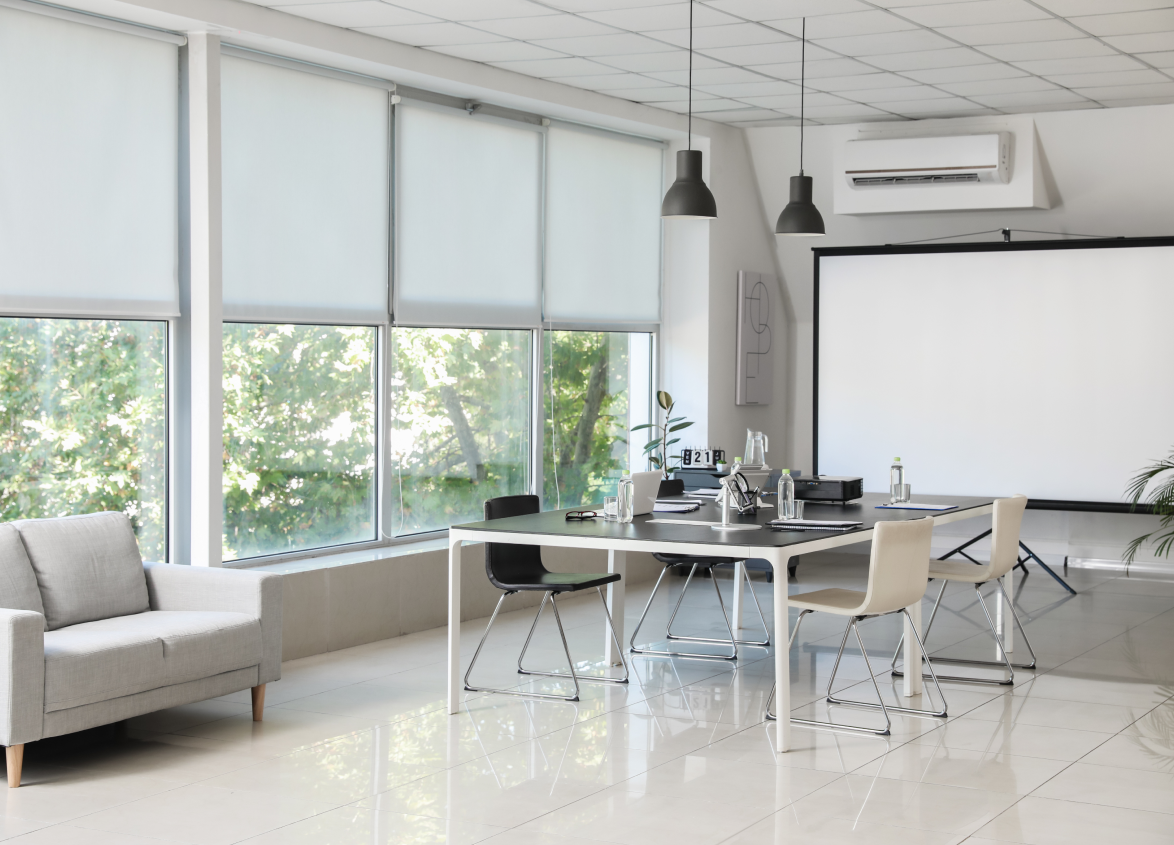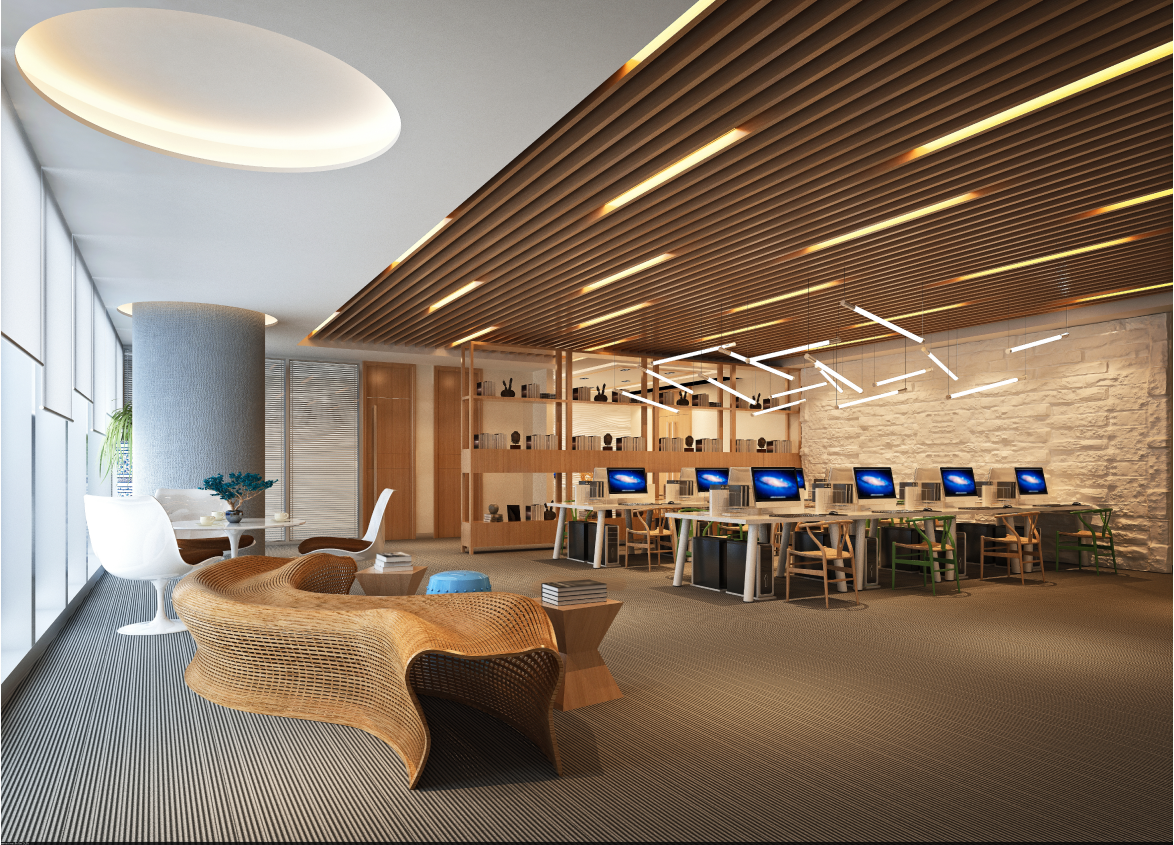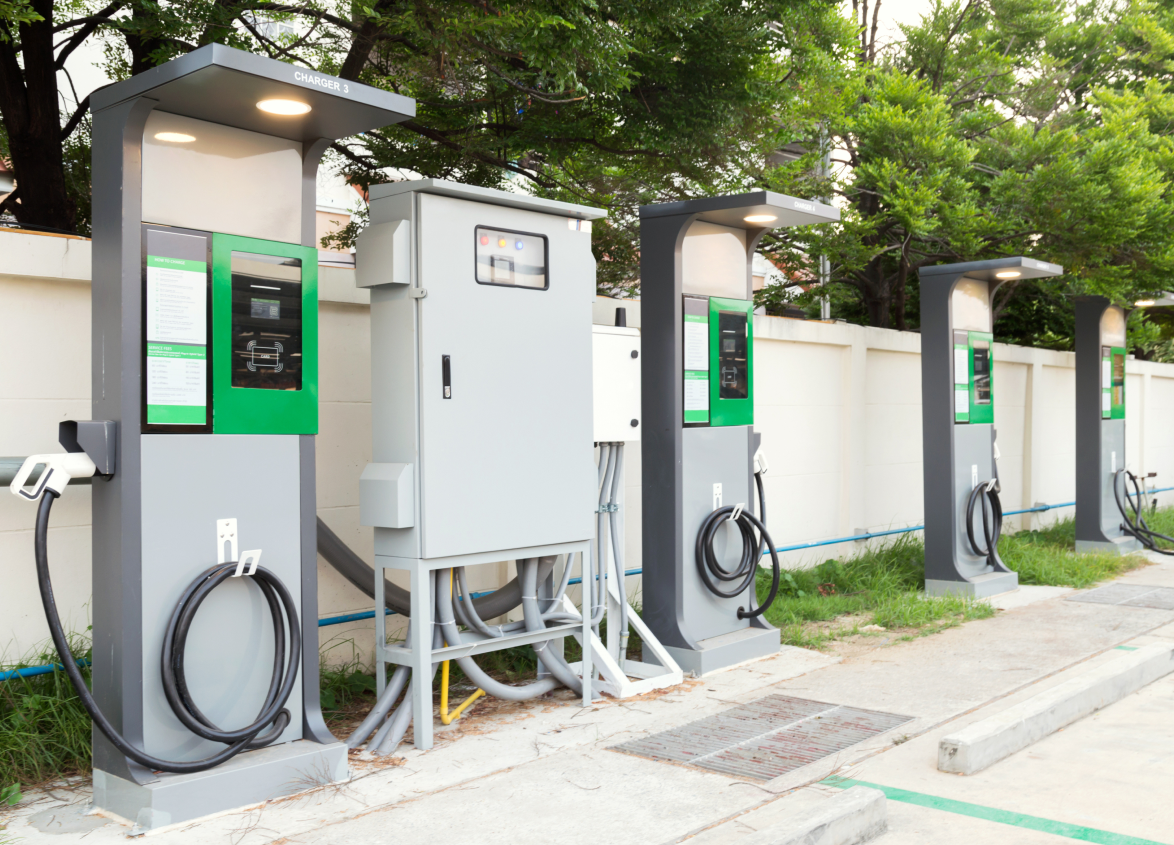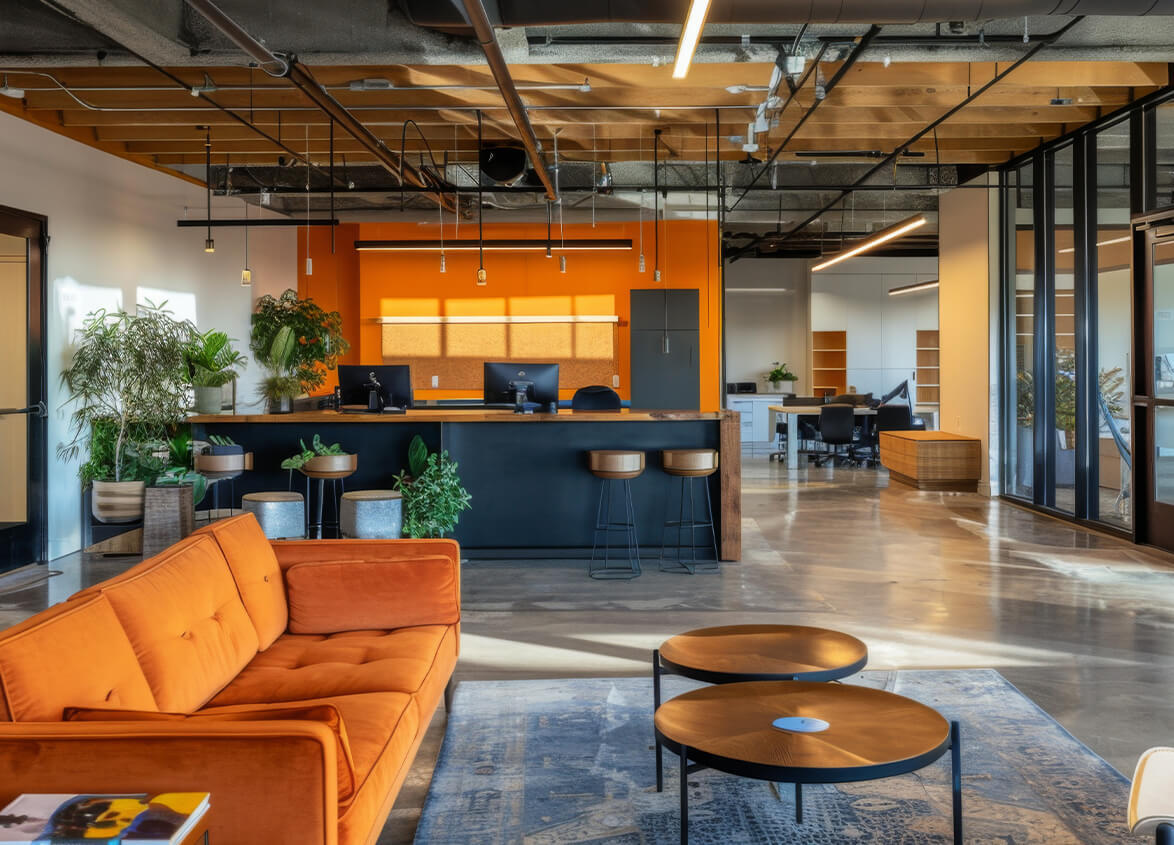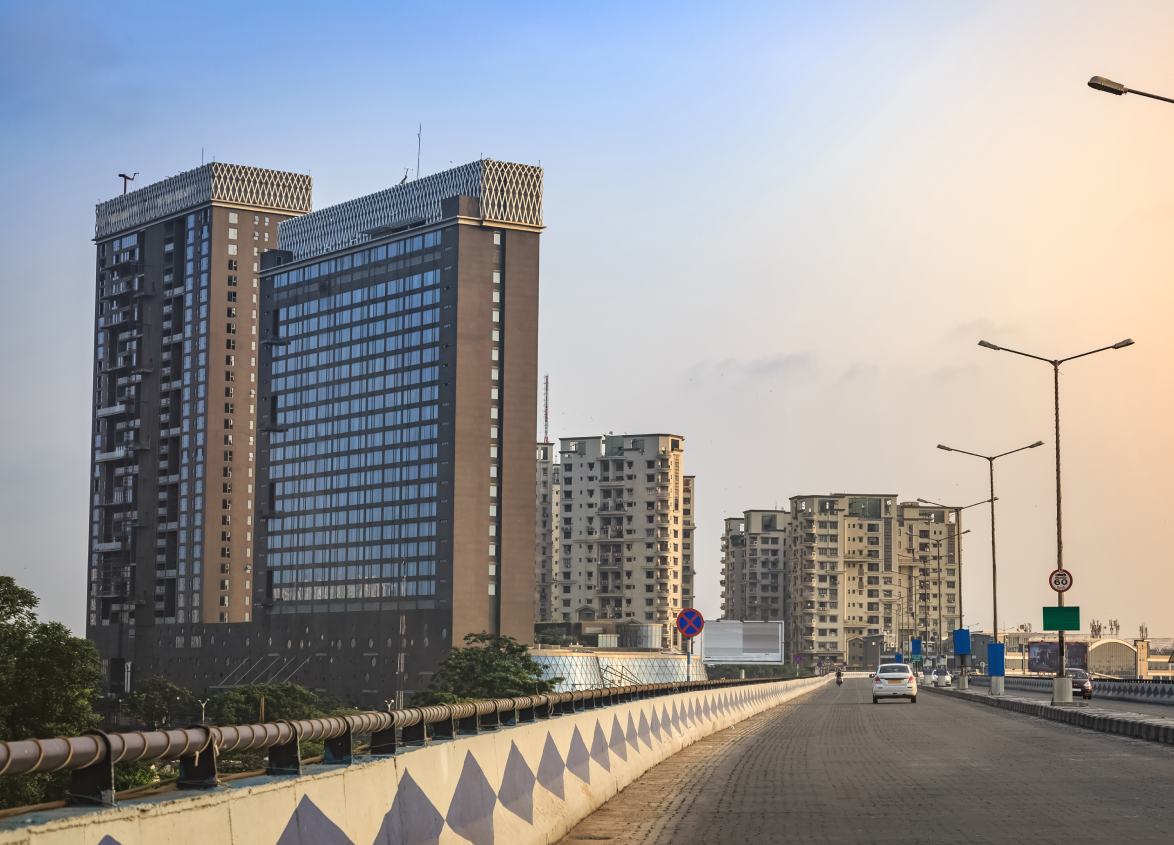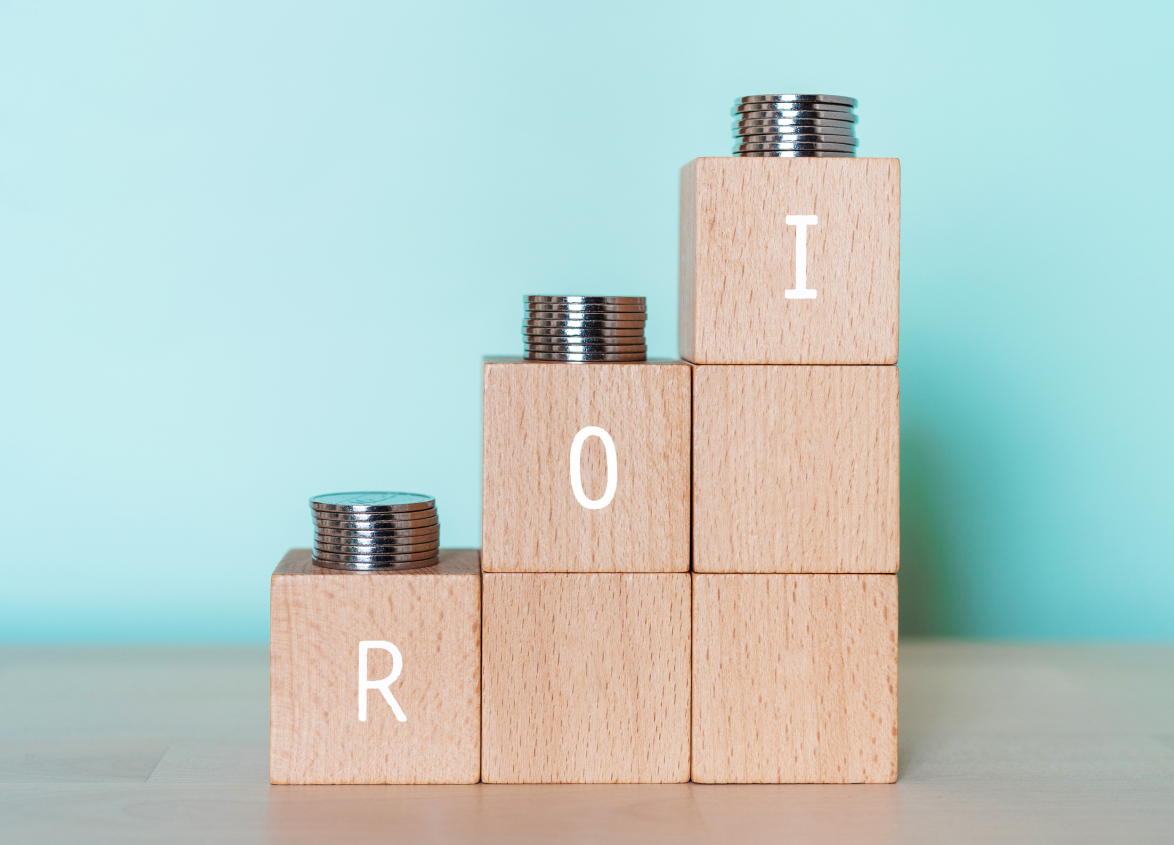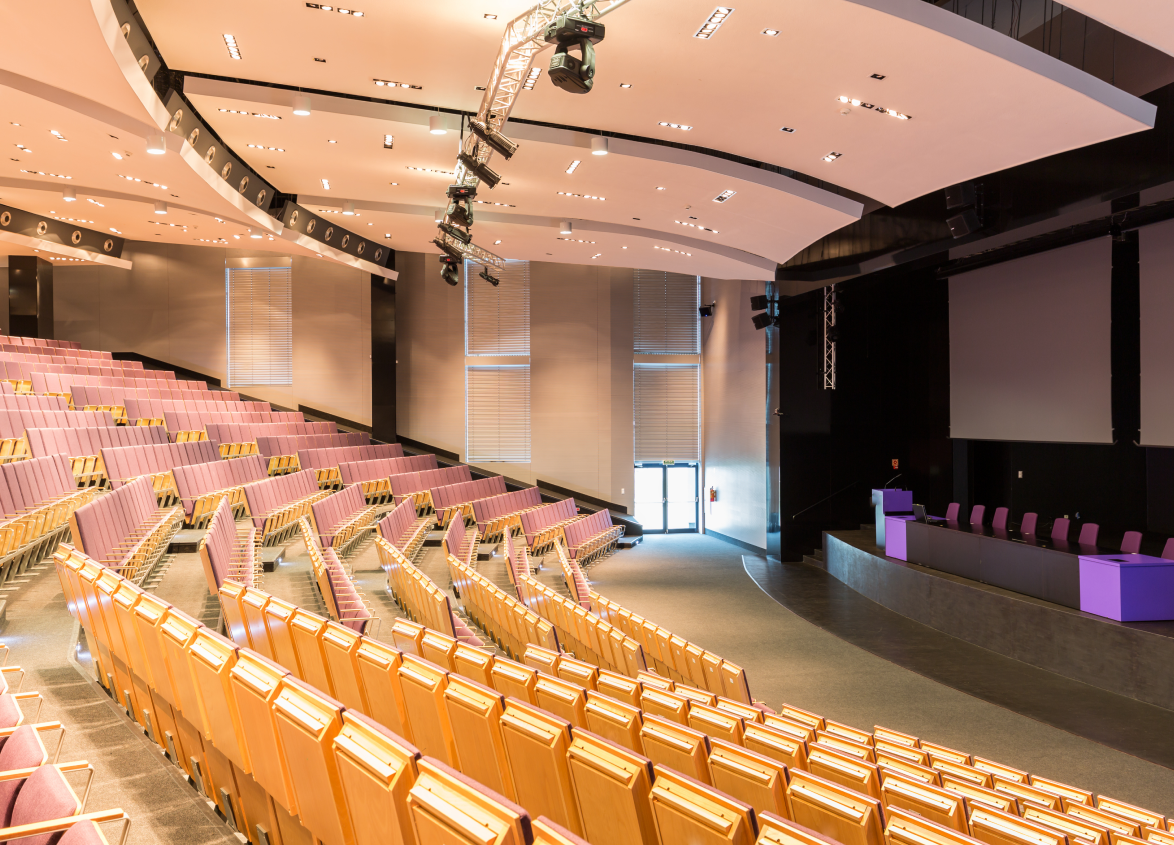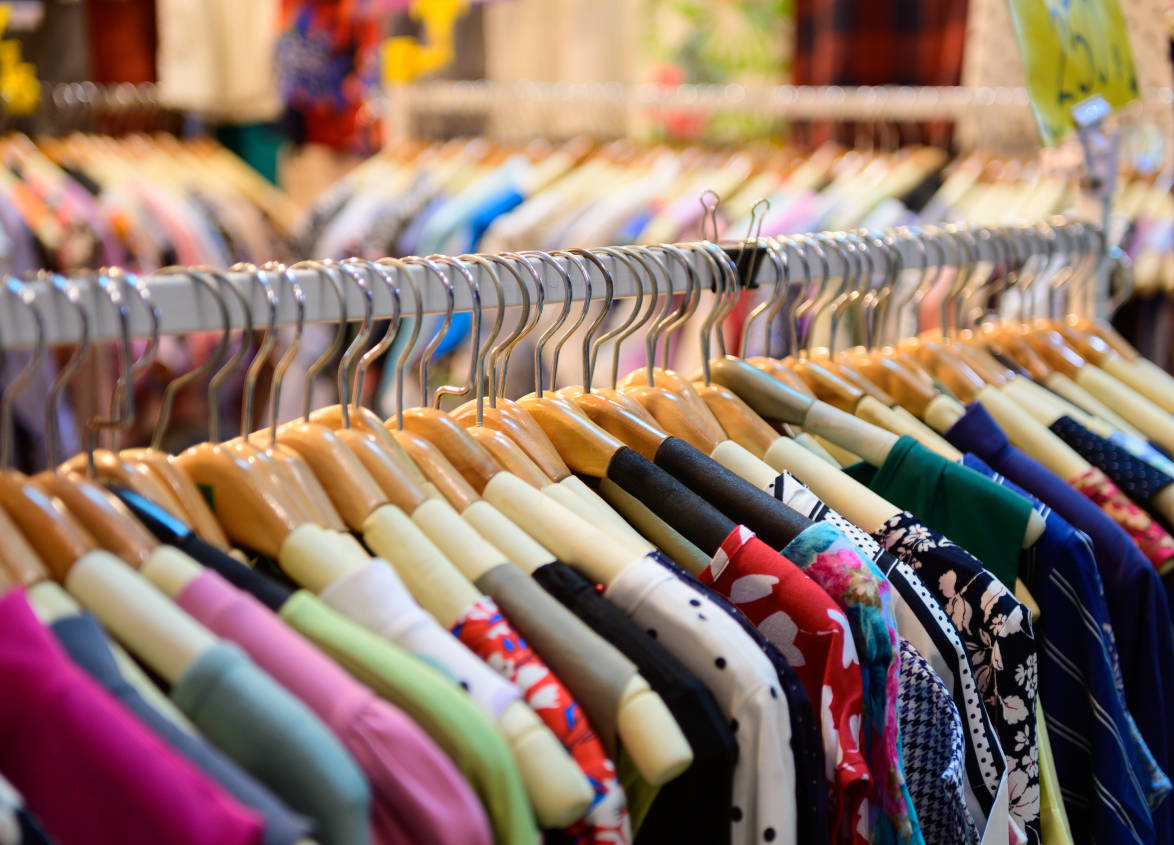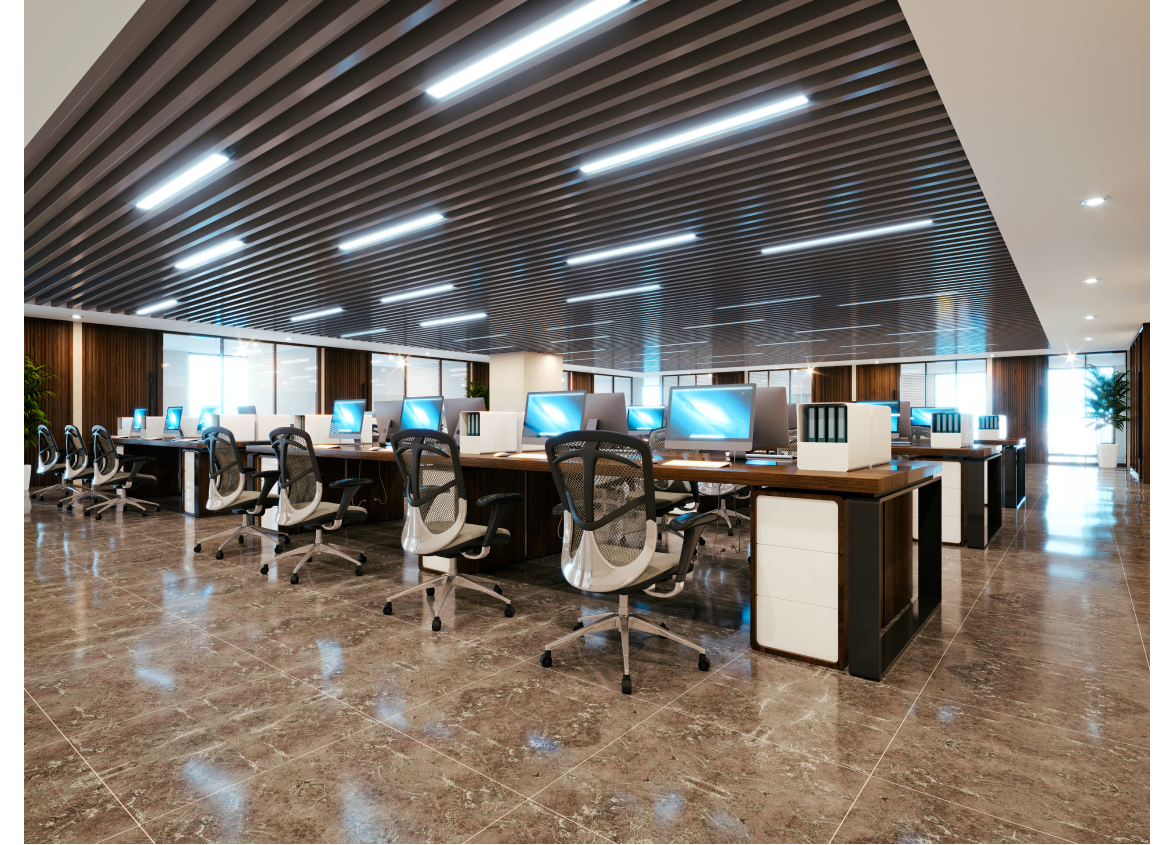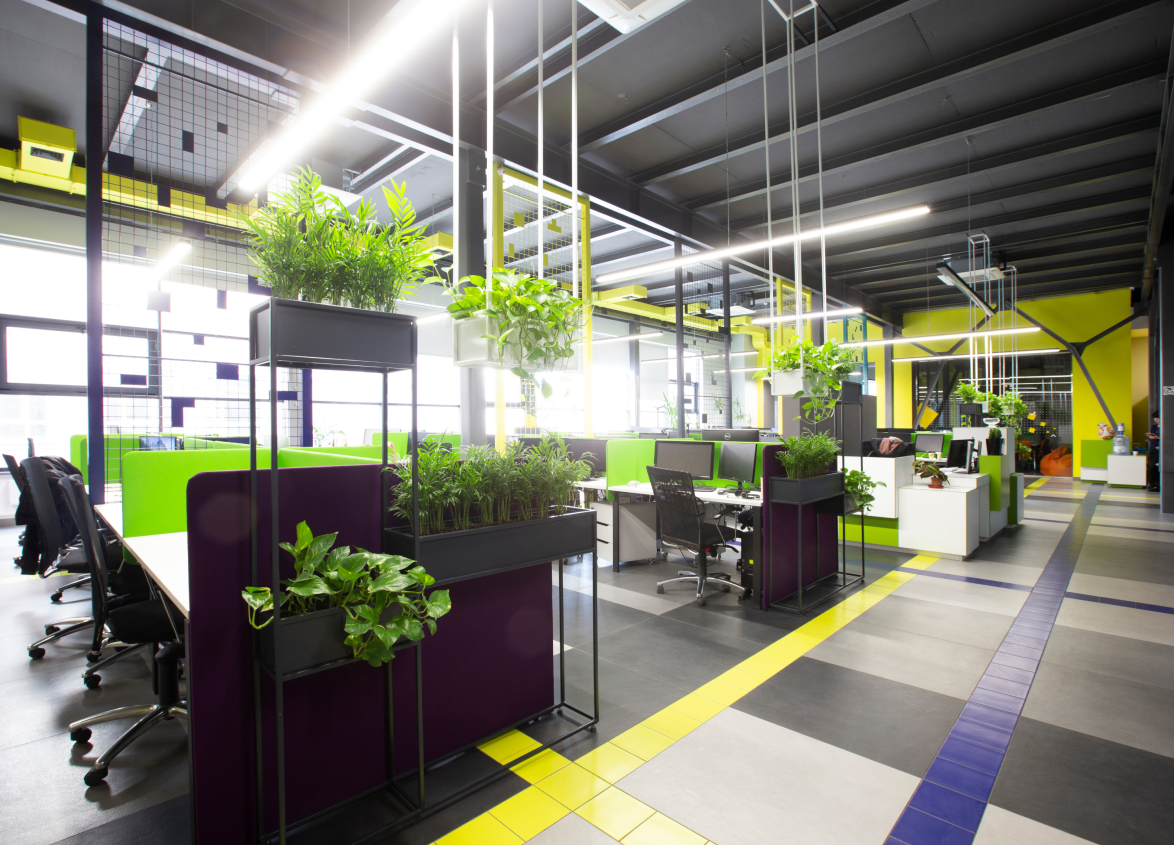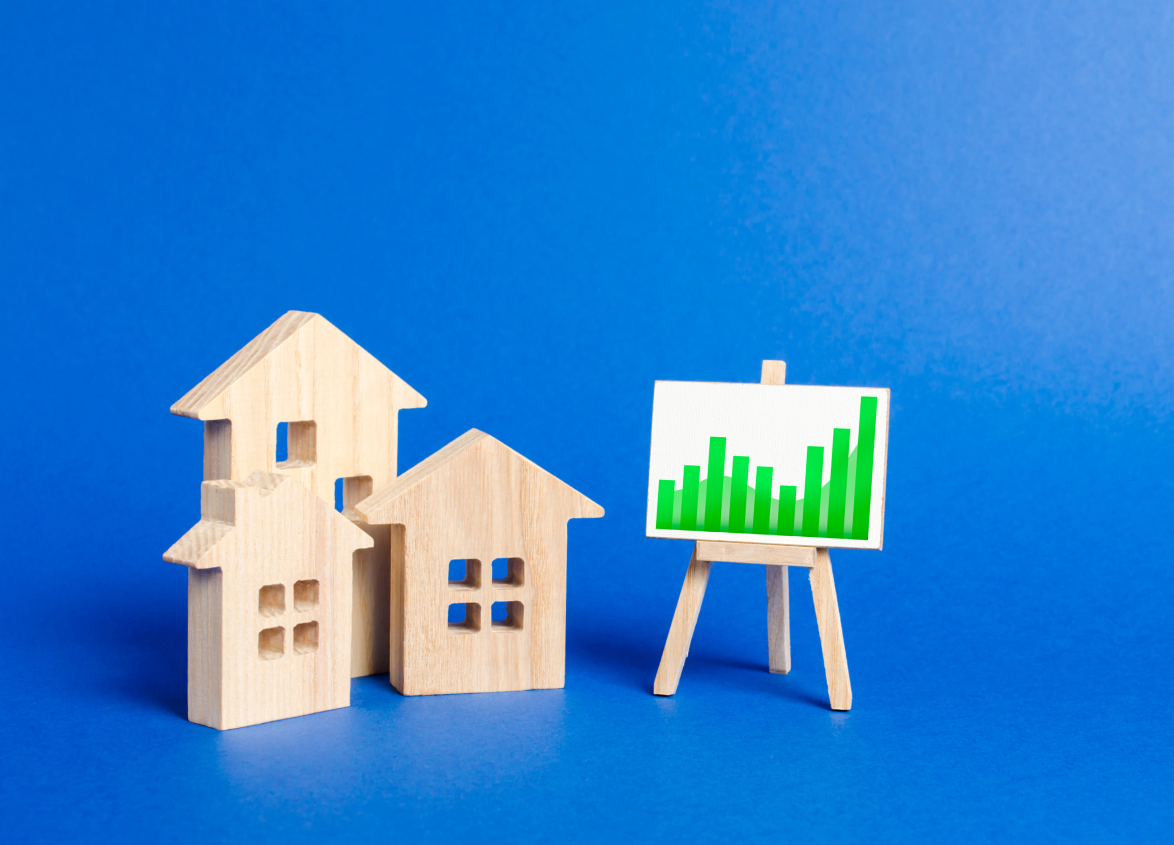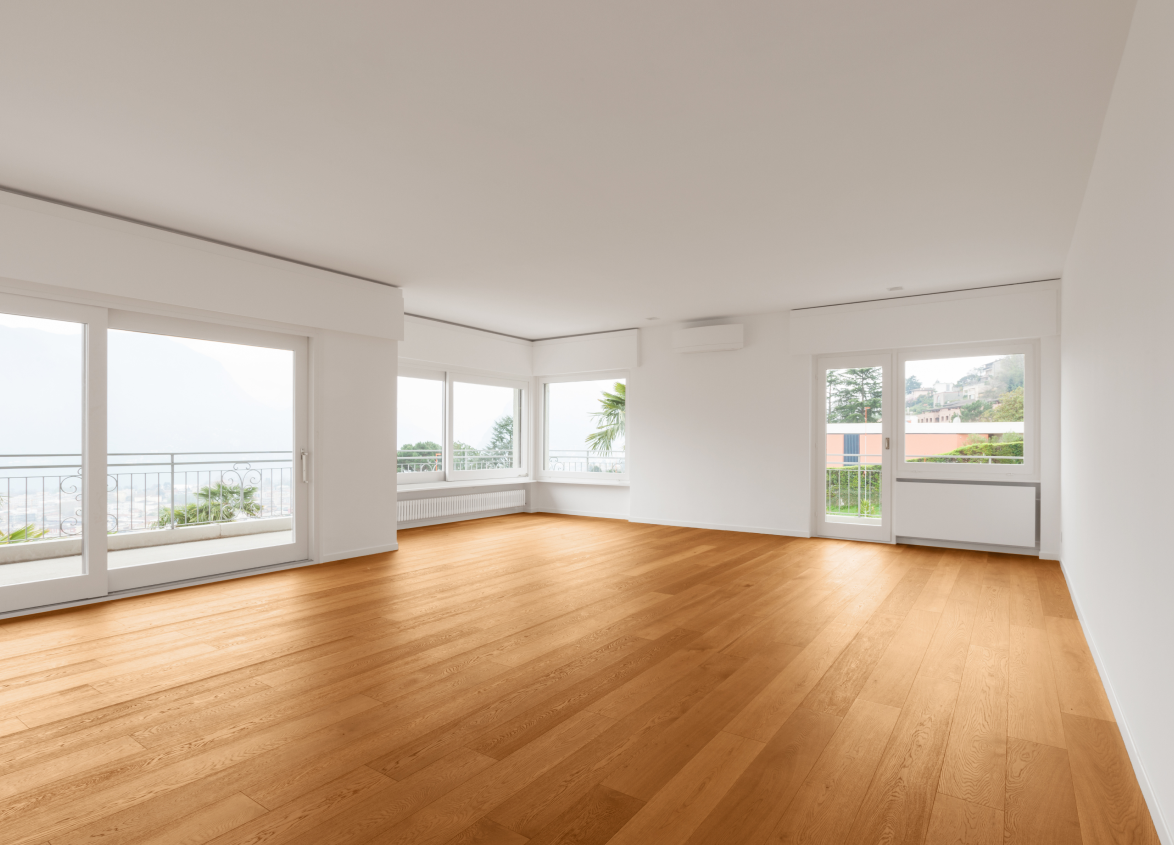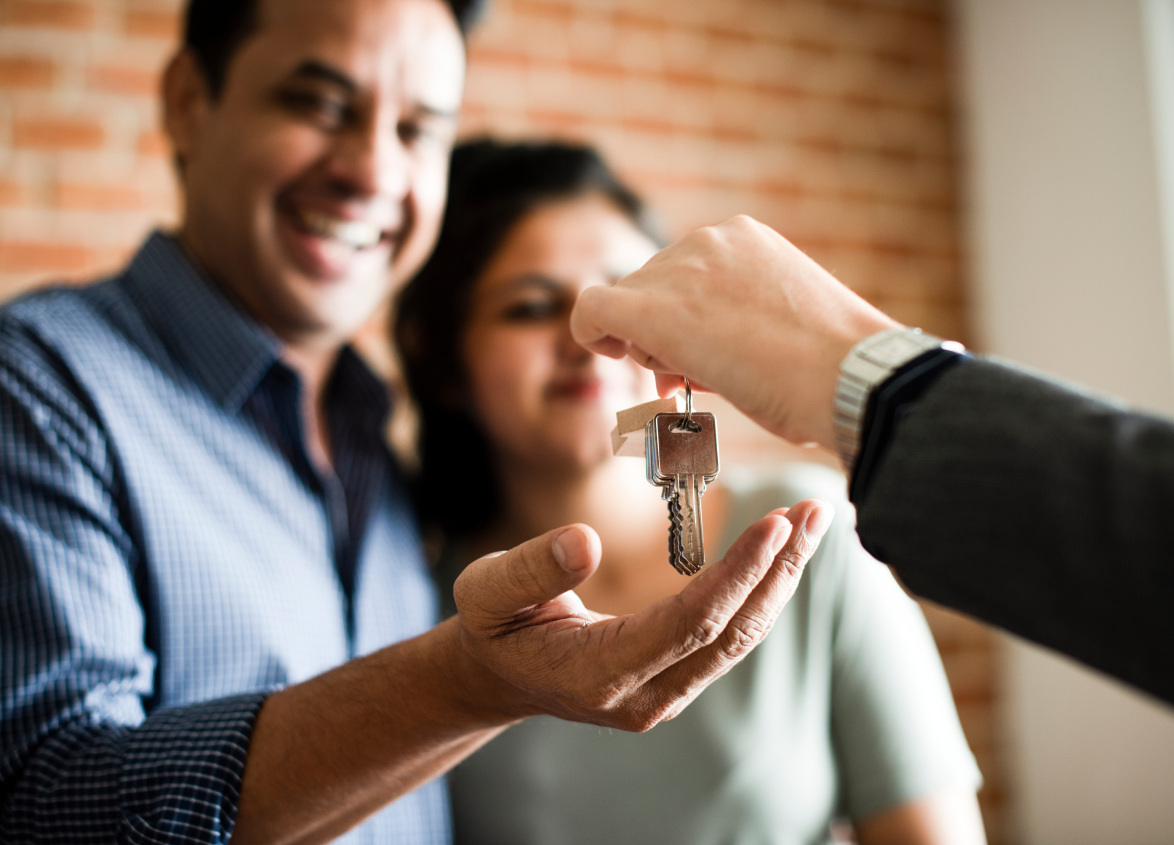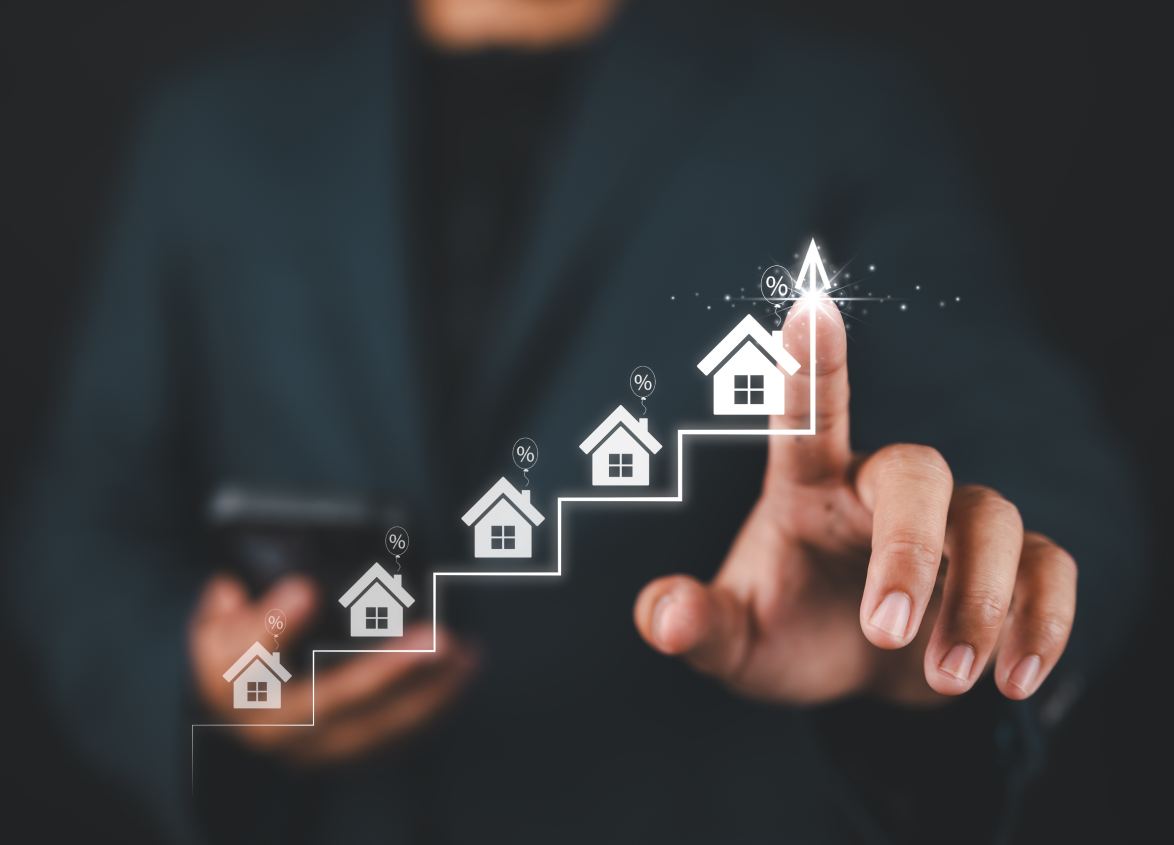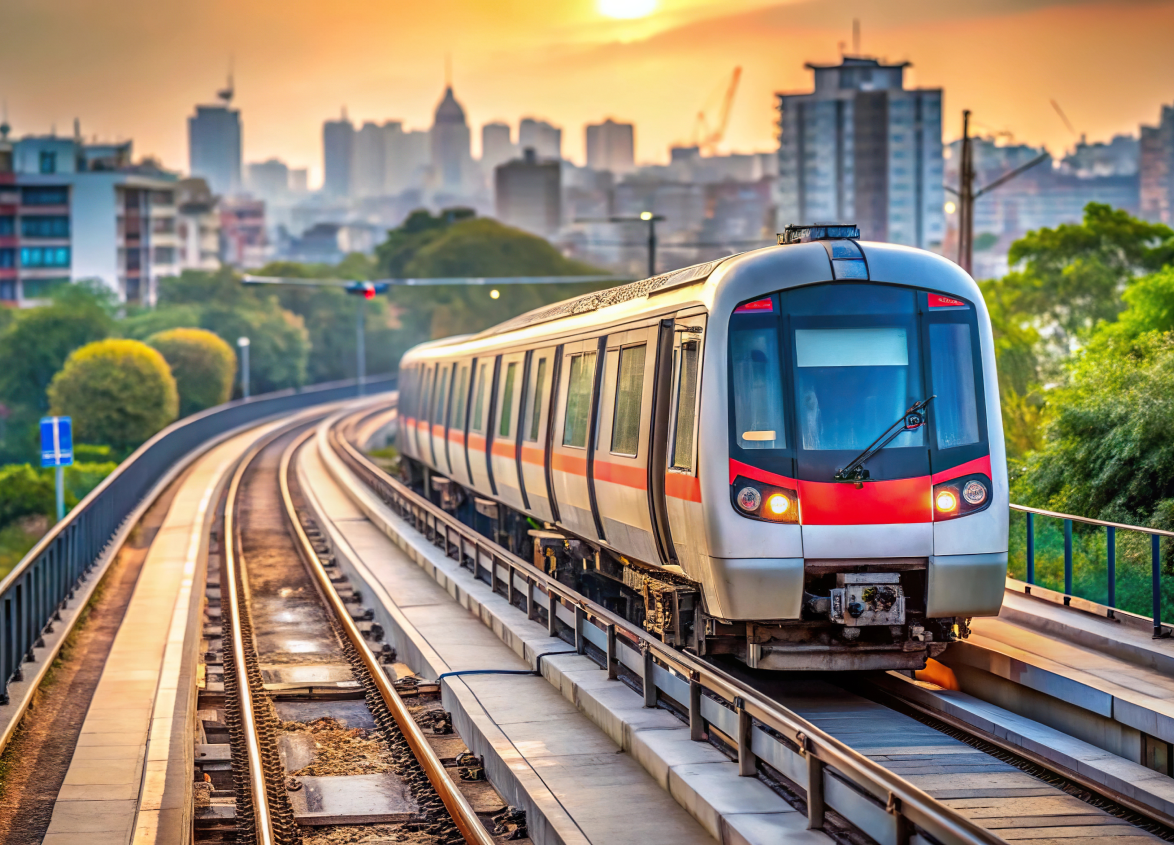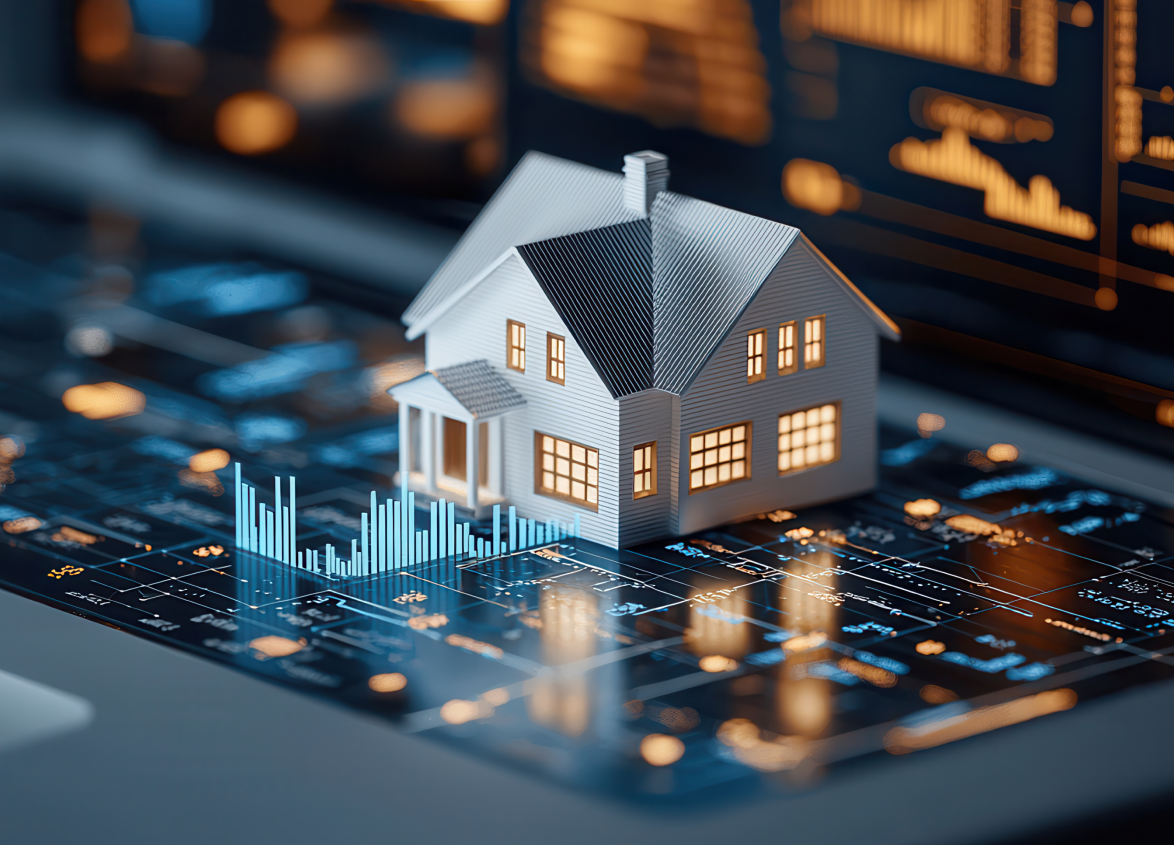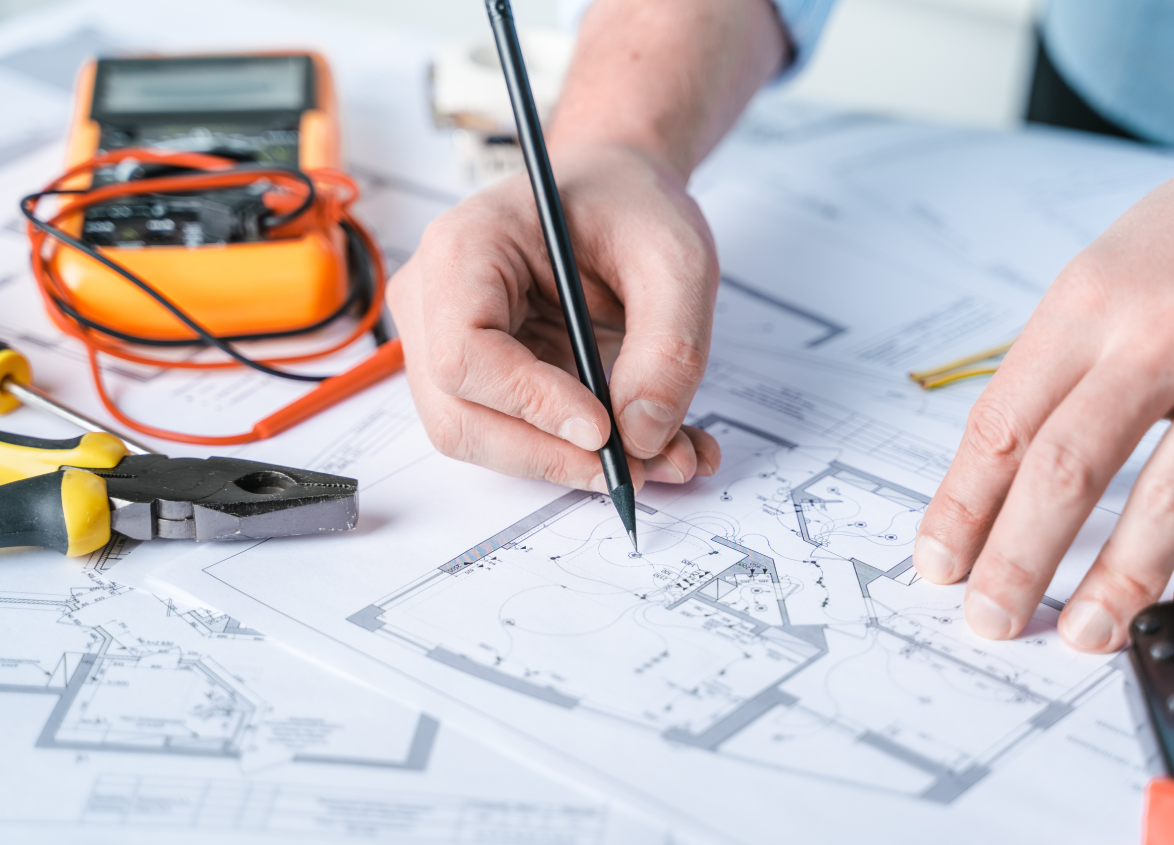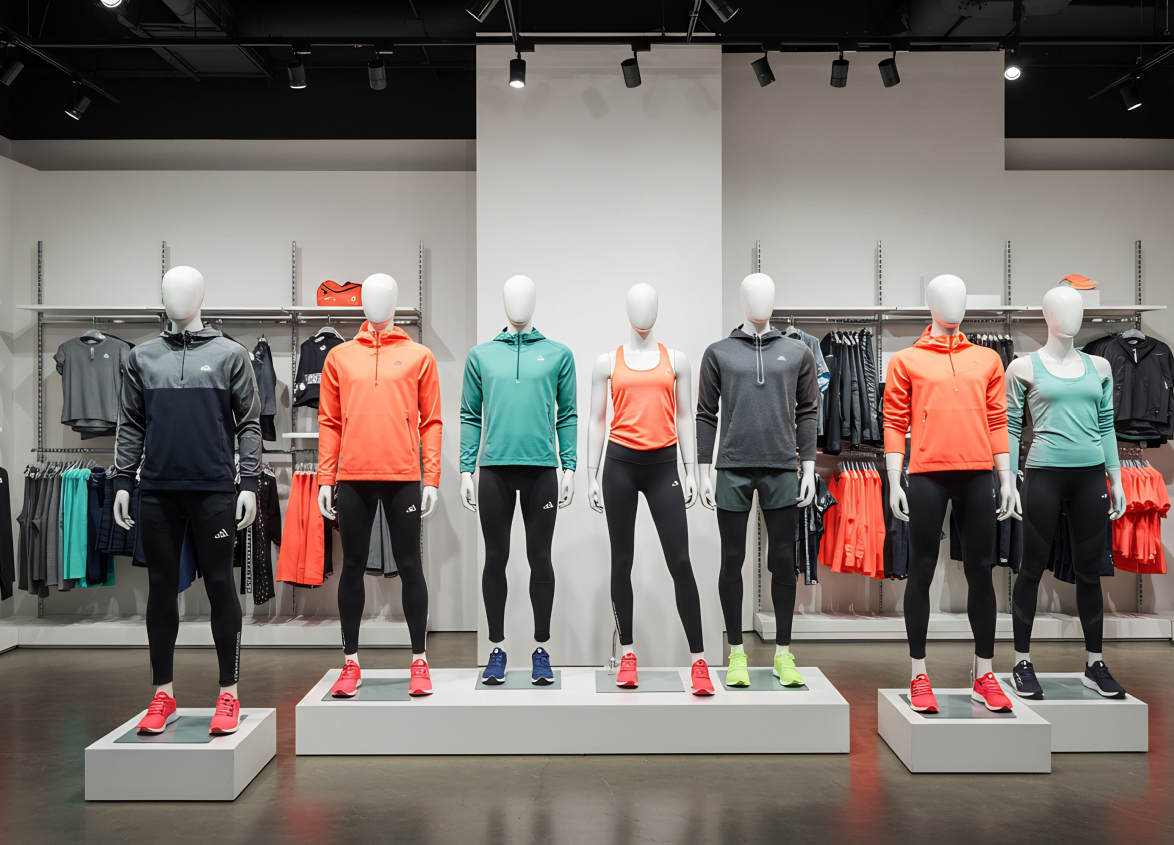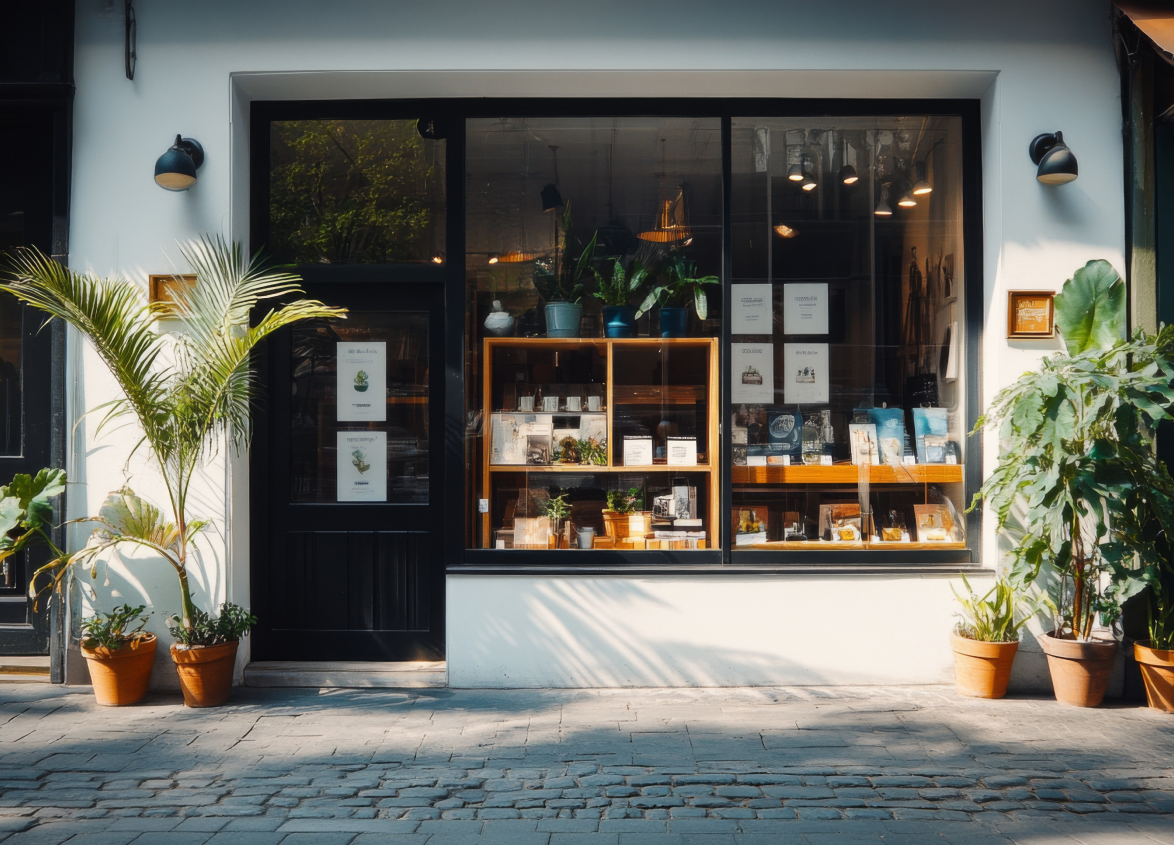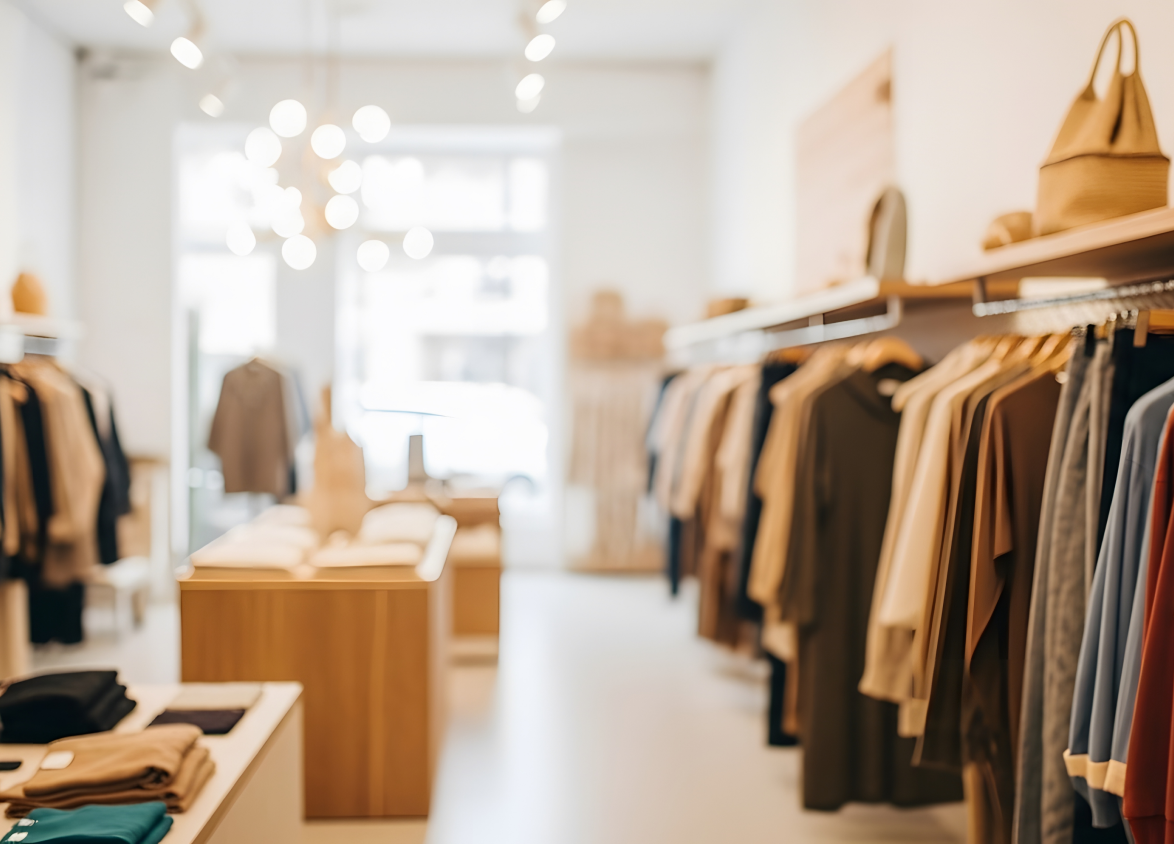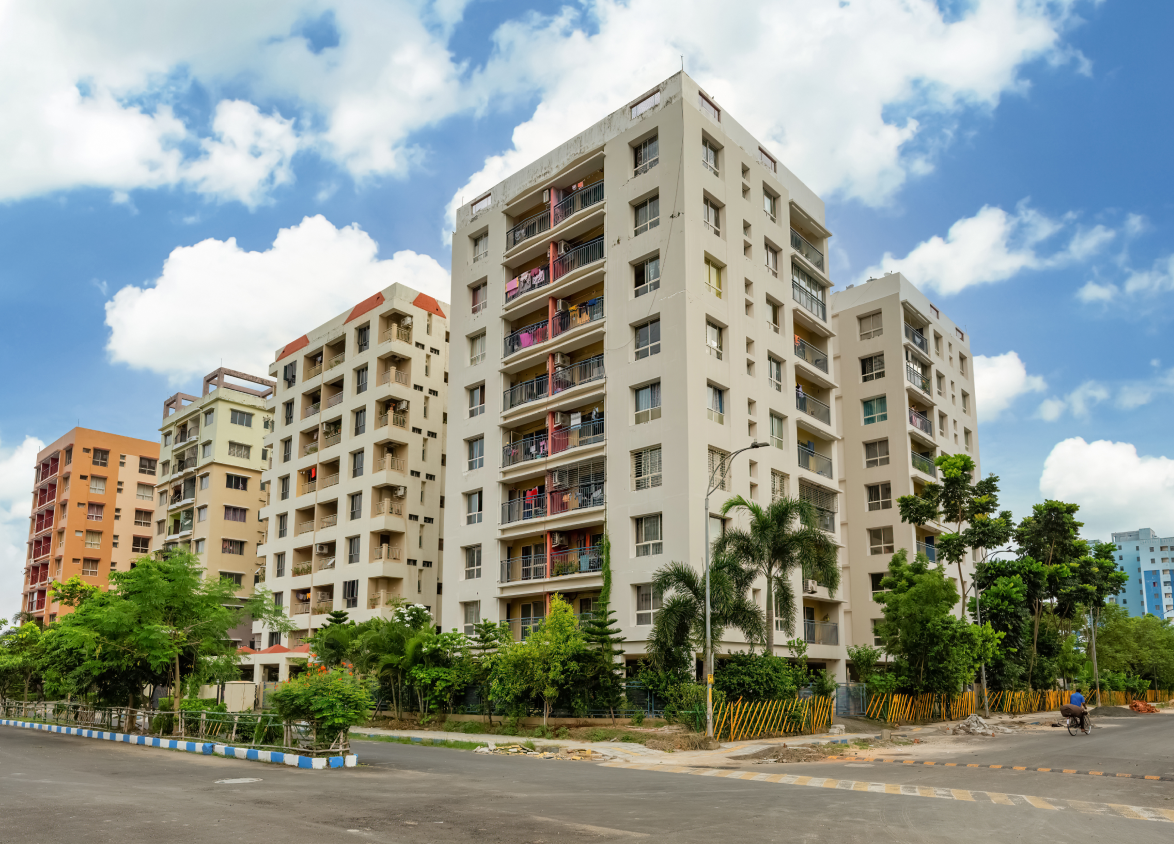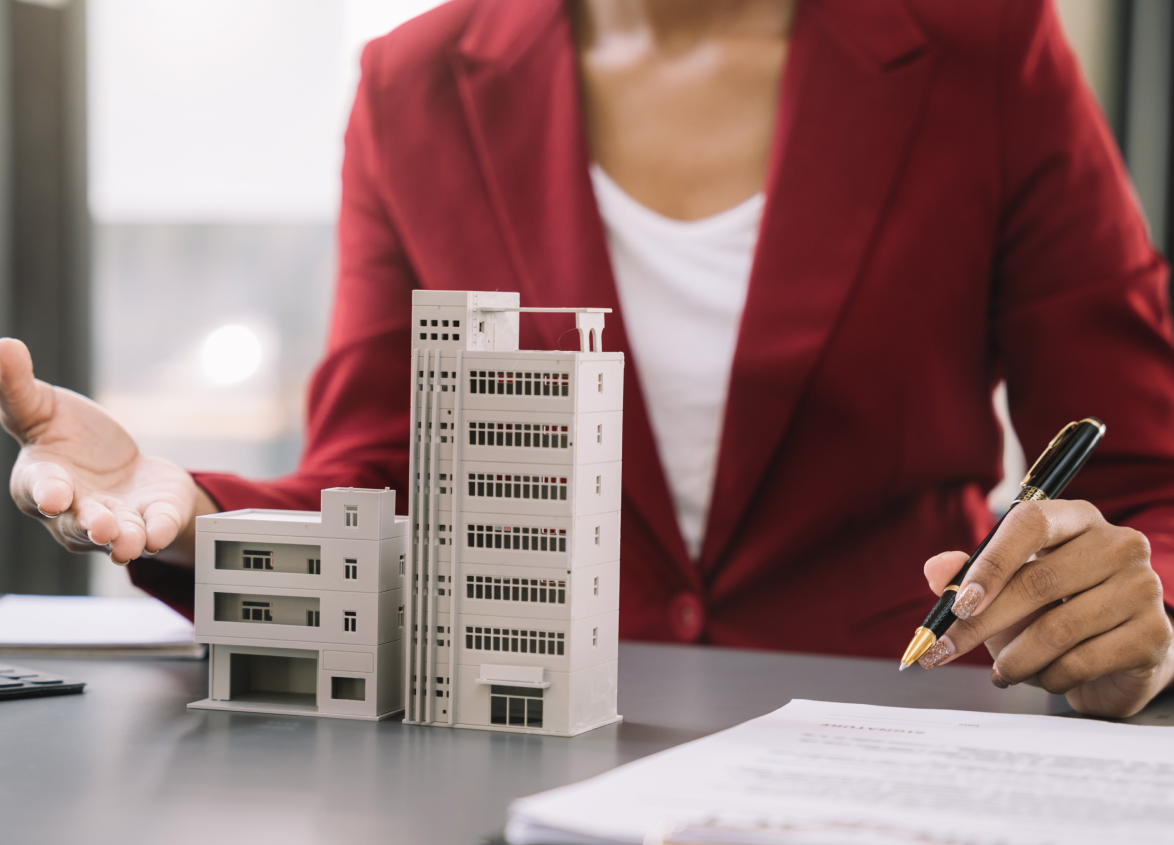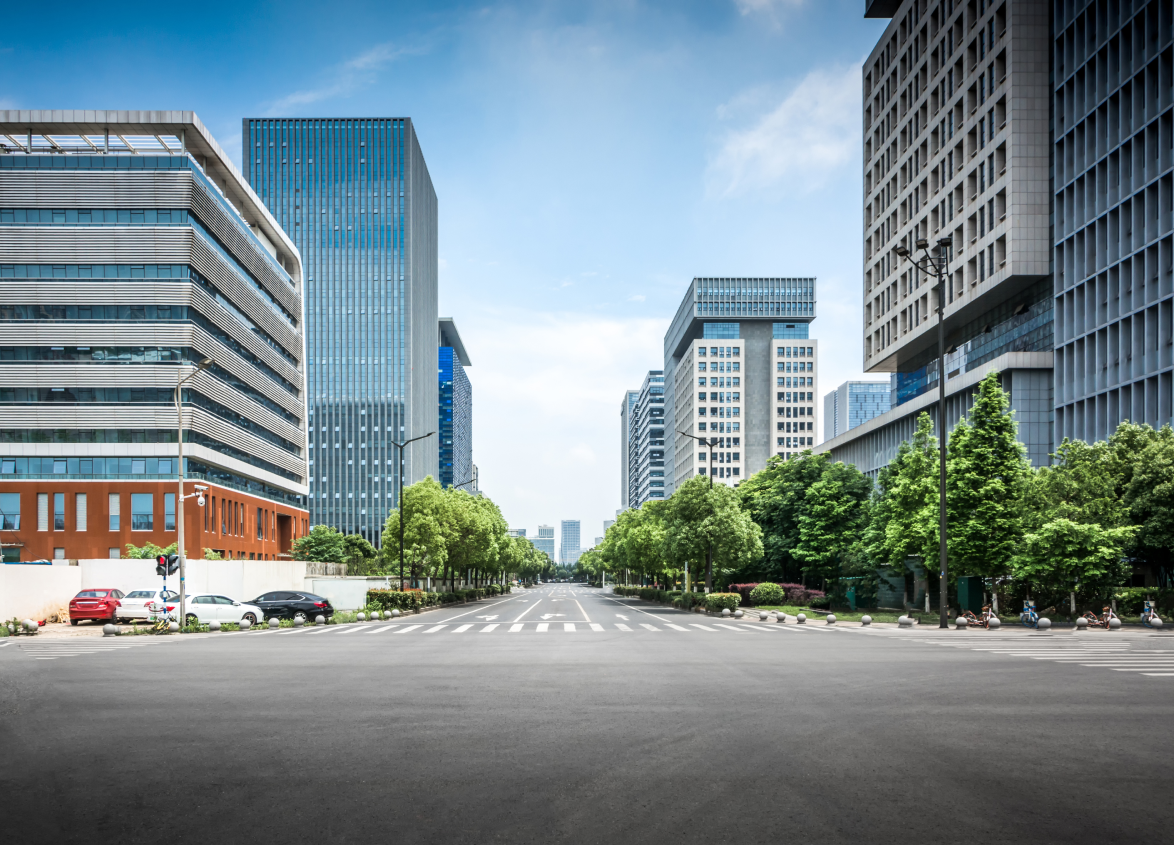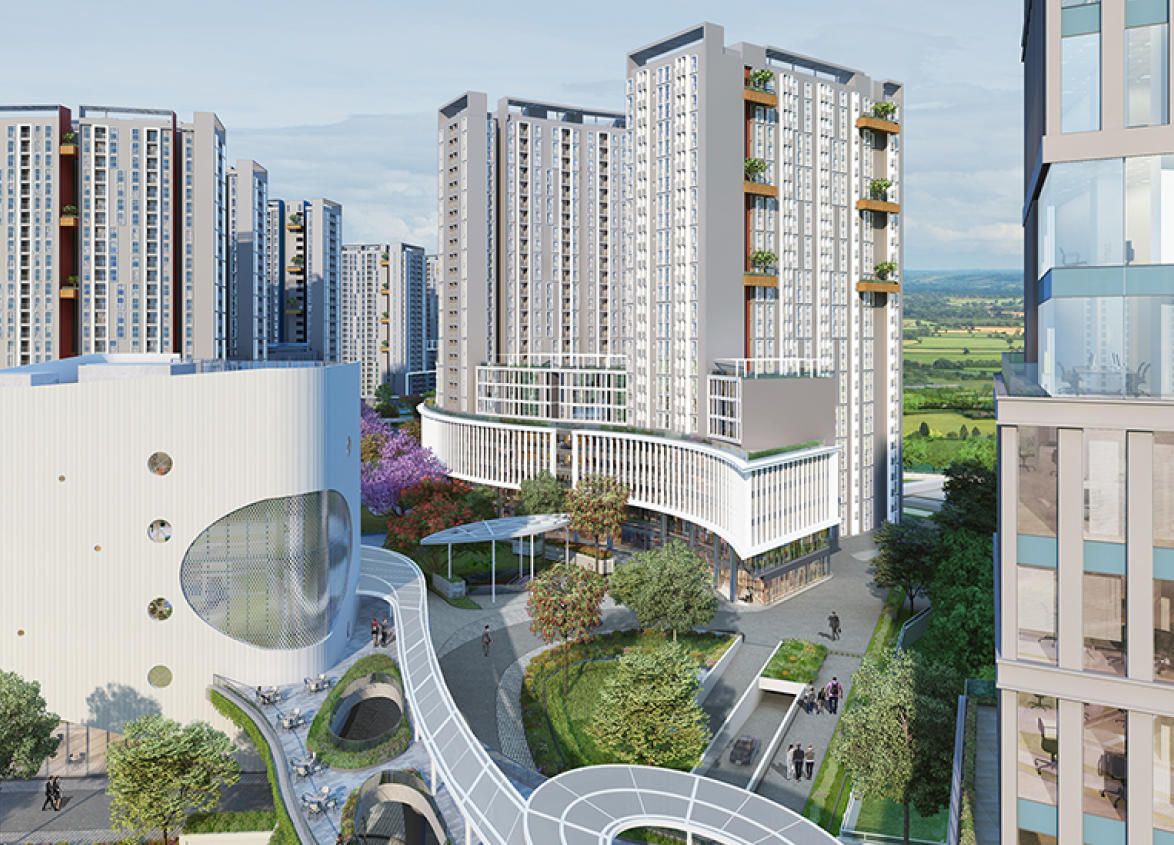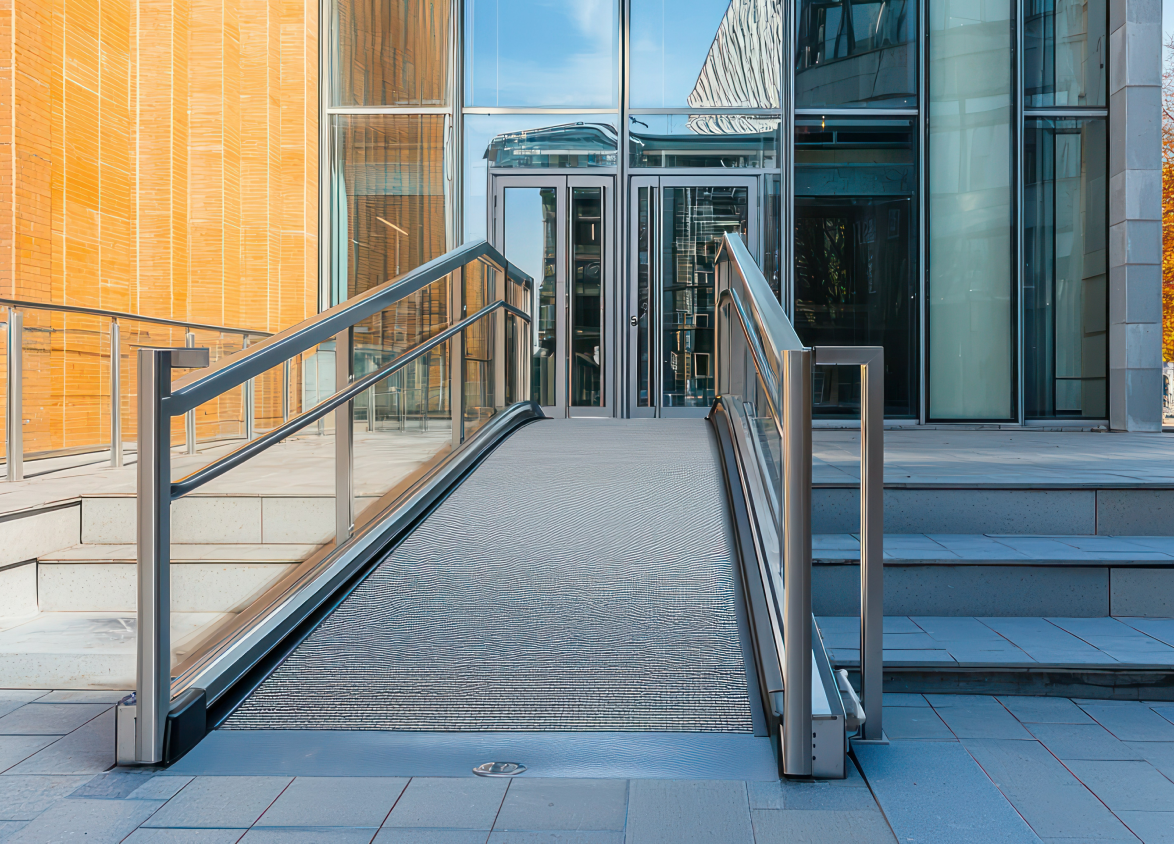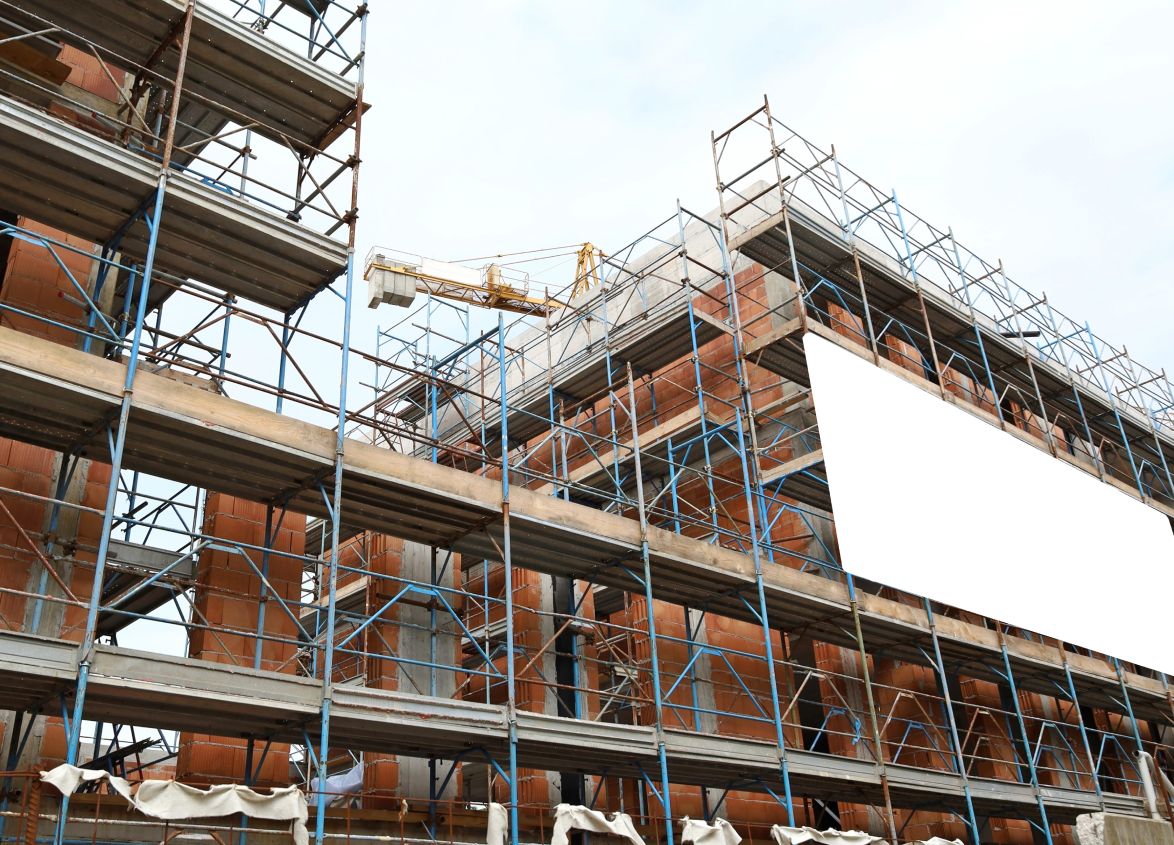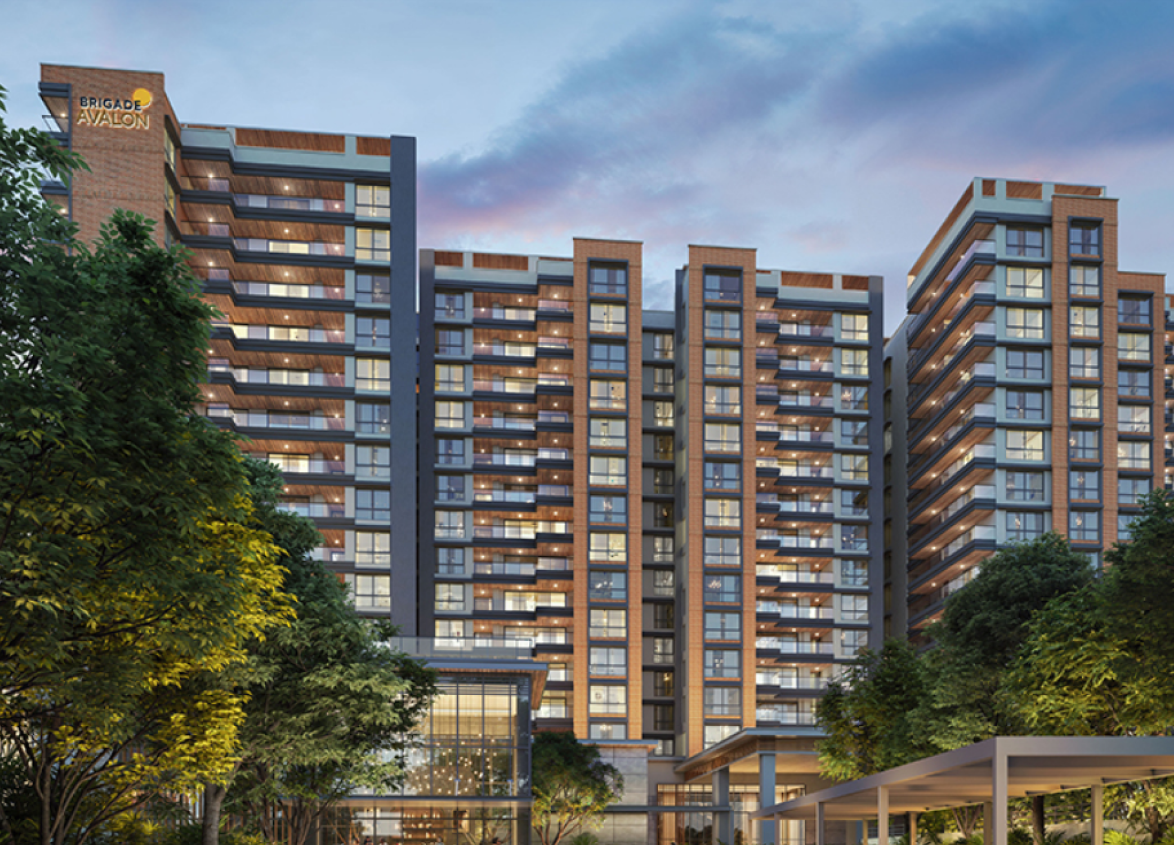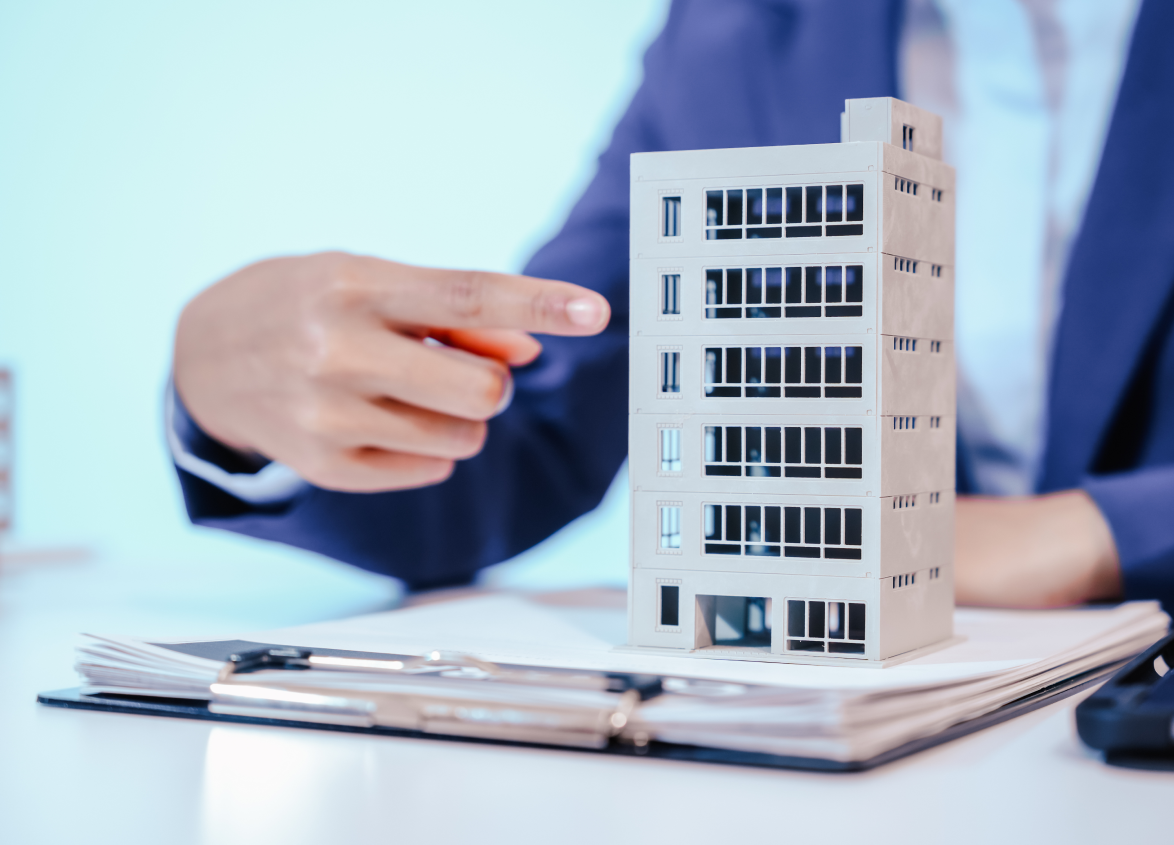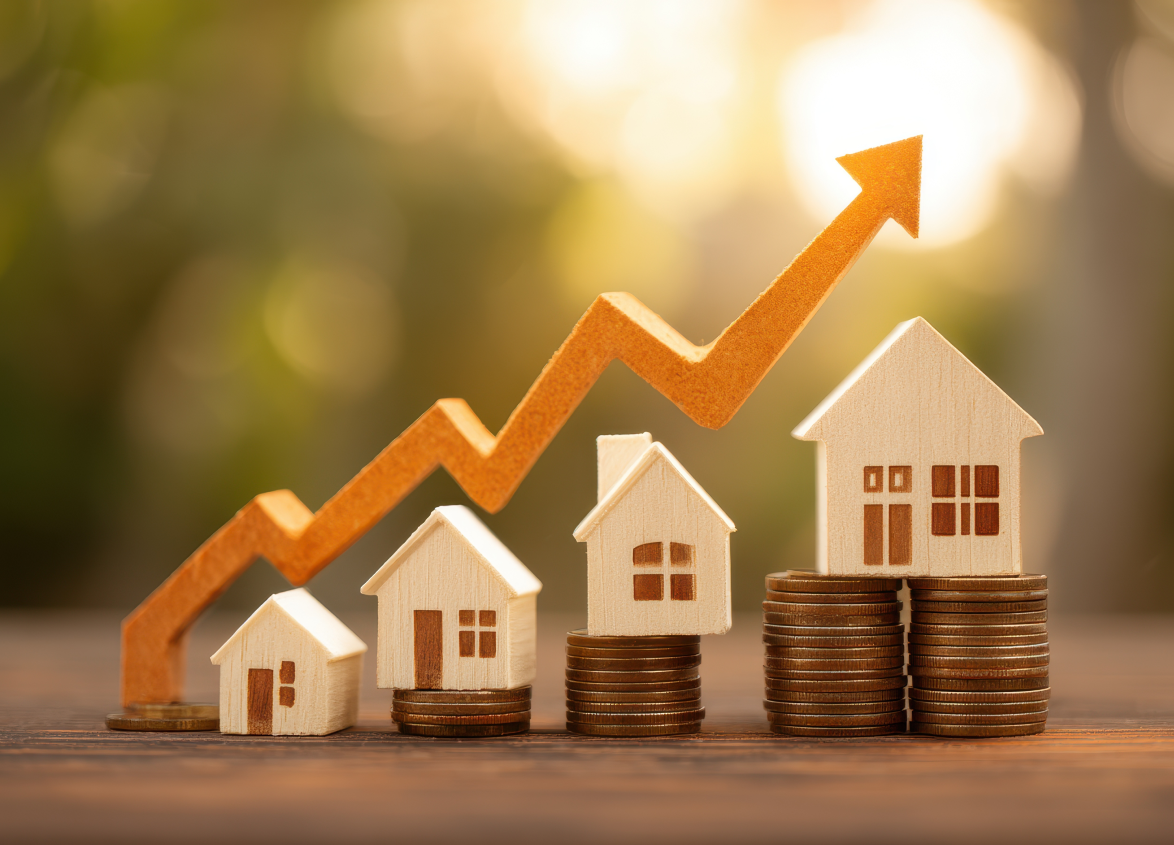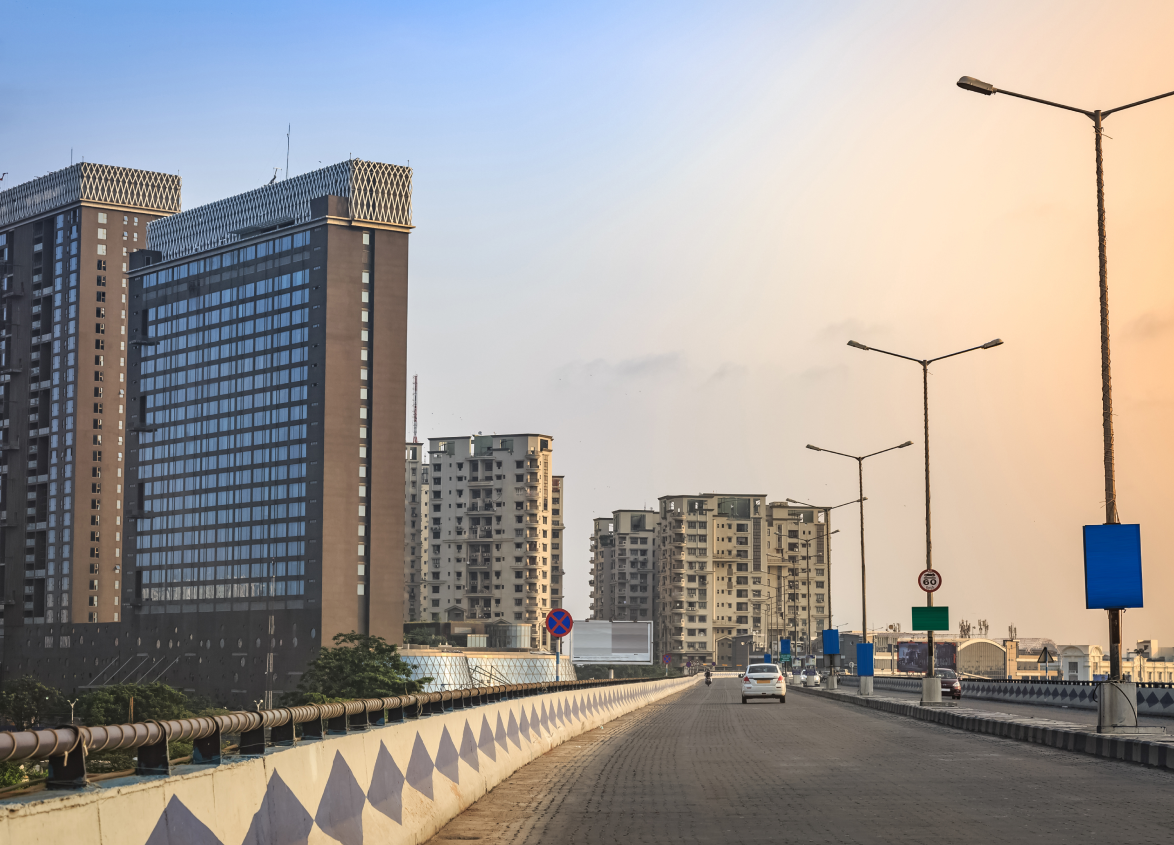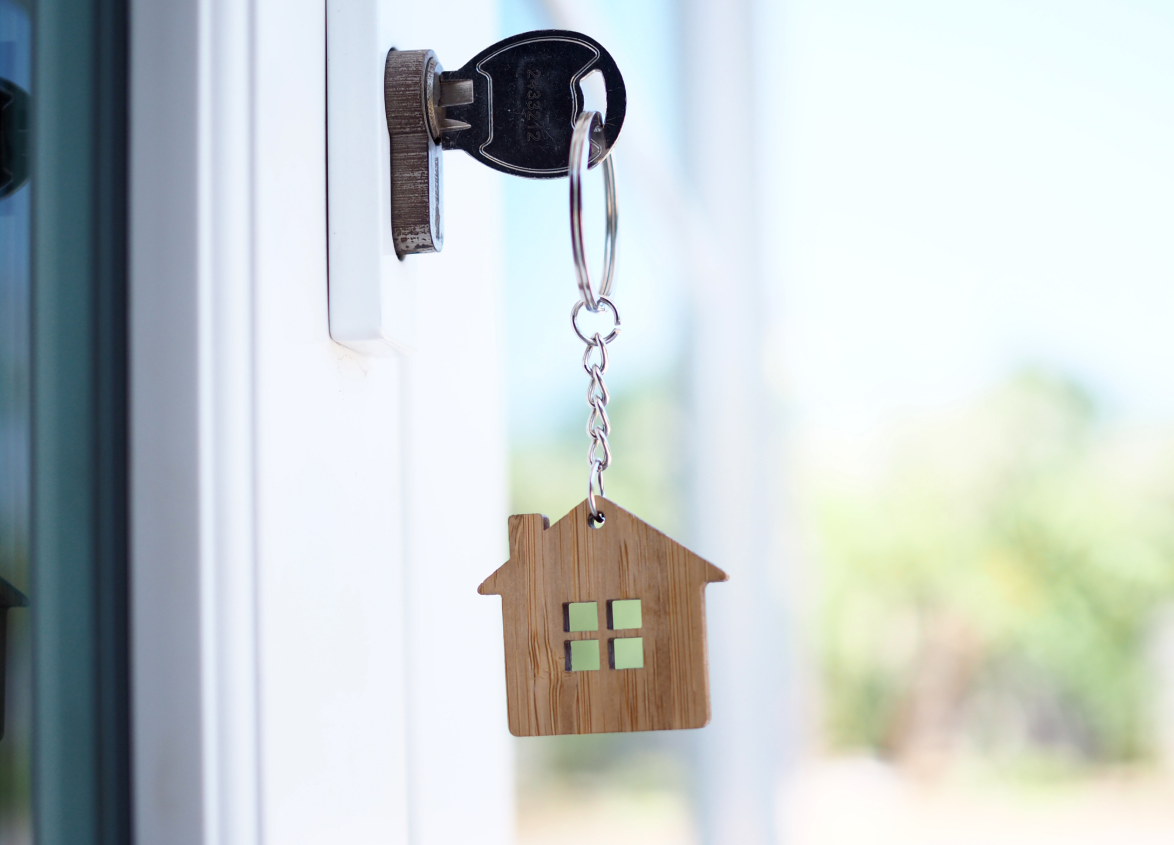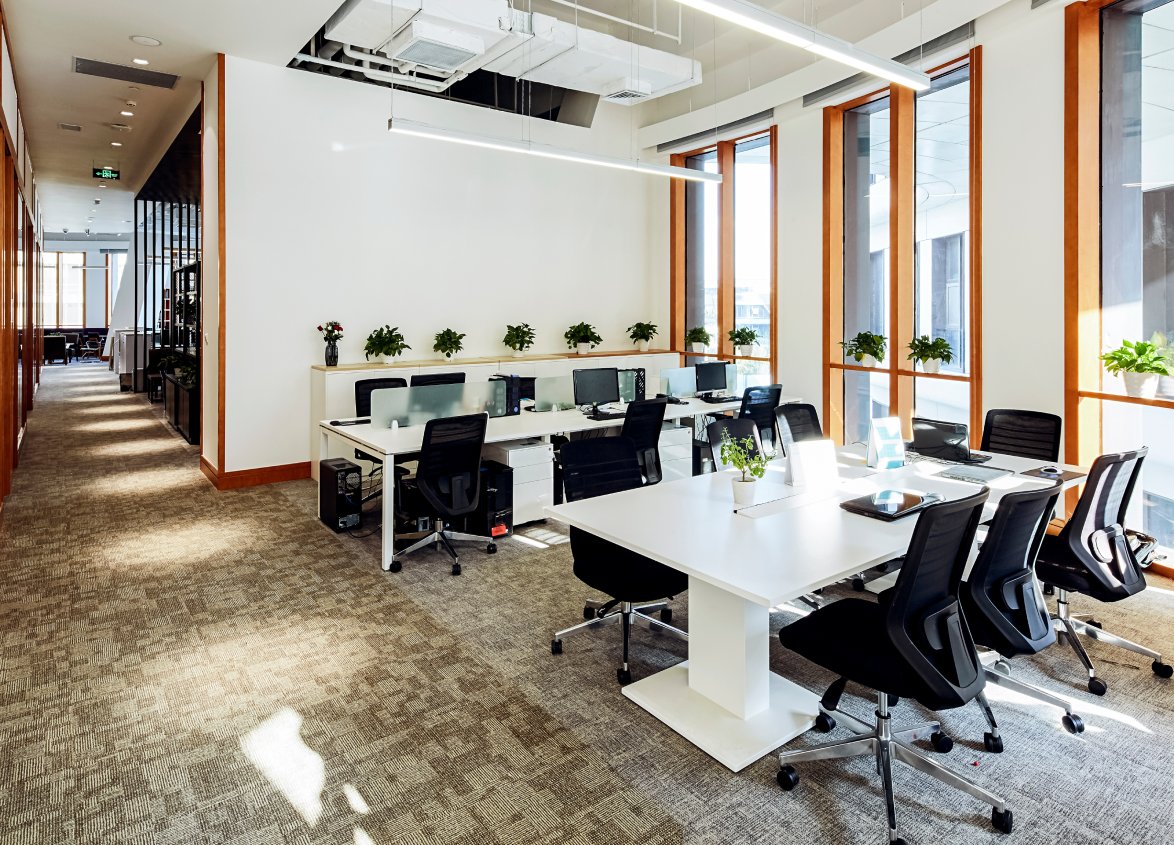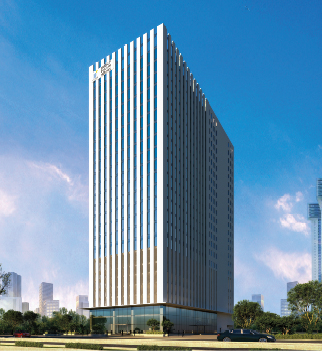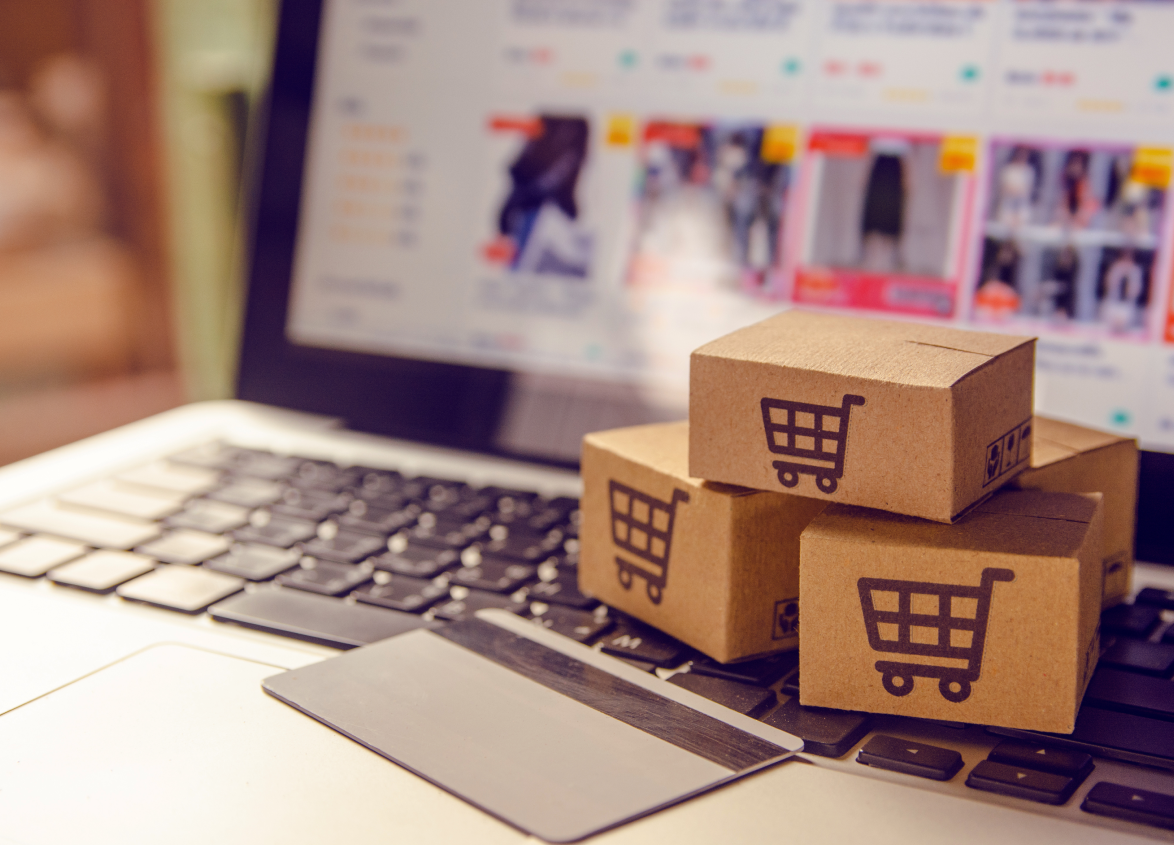
Retail
Shopping In-Store vs. Online - The Rise of E-commerce in India
September 17, 2025
India has witnessed a monumental shift in how people shop. Once dominated by brick-and-mortar stores, the retail landscape has evolved rapidly, fueled by the advent of e-commerce. As internet penetration increases, online shopping has become a convenient and often preferred option.
Platforms like Amazon, Flipkart and Myntra have established a solid presence in the country, driving the digital transformation of retail. The ongoing trend of urbanization and the growth of the middle class are contributing factors to this boom, with India’s e-commerce industry projected to reach new heights in the years to come.
Consumers are increasingly turning to online shopping for everything, from daily essentials to luxury items. One of the driving forces behind this shift is the ease of access to online stores that are available 24/7. With the advent of mobile shopping, customers can shop on the go, anytime, anywhere. However, in-store shopping still retains its charm, particularly for certain categories of products that people prefer to experience firsthand.
Shopping: Online vs In-Store Comparison
The comparison between online shopping vs in-store shopping has become a heated topic as consumers are faced with multiple choices. Both options have their merits and drawbacks, and understanding them is key to making informed decisions. Below is a breakdown of key parameters that help highlight the differences between these two shopping methods.
| Key Parameters | Online Shopping | In-Store Shopping |
|---|---|---|
| Convenience | Shop from the comfort of your home at any time of day or night. | Limited to store hours and locations. |
| Product Range | Access to a wide variety of products, sometimes even international brands that may not be available locally. | Limited to the store’s physical inventory. |
| Try Before You Buy | Cannot physically inspect the product until it arrives. | Immediate access to try products before purchasing. |
| Price Comparison | Effortless price comparison across various sites and platforms. | Price comparison requires visiting multiple stores in person. |
| Returns and Exchanges | Returns can be processed online, but sometimes involve waiting for a pickup or shipping the item back. | Instant returns or exchanges. |
Advantages of Online Shopping
1. Convenience at Your Fingertips
One of the most significant advantages of online shopping is the convenience it offers. Gone are the days when you had to travel long distances to shop for your favorite products. Today, you can order from the comfort of your home, from your office desk, or even while on the go. E-commerce allows you to shop at any time of day or night, making it incredibly convenient for those with busy schedules.
Online shopping eliminates the need to travel to multiple stores or stand in long queues, saving time and effort. You can also shop from anywhere, be it while commuting or lounging at home. Additionally, the ability to shop for groceries, clothes, electronics and more with just a few clicks is a luxury that online platforms offer.
2. A World of Variety
When it comes to product range, online shopping stands as the undisputed champion. Online stores typically have a far broader selection than traditional brick-and-mortar stores. They give you access to an extensive variety of products, including international brands that may not be available in your local stores.
Retailers can list far more products online due to lower overhead costs. This allows you to shop a diverse range of products from multiple brands across categories, whether it’s clothing, electronics, home appliances, or more.
3. Easy Price Comparison
Another benefit of online shopping is the ease with which you can compare prices. Multiple platforms and e-commerce websites allow you to compare prices of the same product across several sellers. Many websites even offer filters that allow you to sort products based on price, popularity and other criteria.
This level of convenience saves time and helps consumers make informed decisions without the hassle of manually comparing prices from store to store.
4. Home Delivery
One of the most attractive features of online shopping is doorstep delivery. After placing an order, you can have your products delivered right to your doorstep. This saves time, especially for bulky or heavy items like furniture or appliances that are often difficult to transport from a store.
Additionally, many online platforms now offer same-day or next-day delivery, making the process even more convenient. The ease of home delivery has revolutionized the way people shop, especially during times like the COVID-19 pandemic, when people preferred staying at home.
5. Discounts, Deals and Offers
Online stores are known for offering various discounts, deals and offers. You can find sales, promotions and flash deals on nearly every e-commerce platform. Retailers also offer discounts, coupons and cashback opportunities, making shopping even more affordable. Shopping festivals like Amazon's Great Indian Festival or Flipkart's Big Billion Days give customers access to massive discounts, creating a more attractive and budget-friendly shopping experience.
6. Reviews and Ratings
Before making a purchase, online shoppers can read reviews and ratings from other consumers. This helps in assessing the quality of the product and the credibility of the seller. In-store shopping doesn’t provide the same level of consumer feedback, as you can only judge the product by its appearance in the store.
Advantages of In-Store Shopping
1. Immediate Gratification
In-store shopping provides immediate access to products. Once you’ve made your purchase, you can walk out with the item in hand. There’s no waiting for delivery or worrying about shipping delays. This instant gratification is one of the main reasons why in-store shopping continues to thrive.
When you buy something in-store, there is no waiting period. This is especially crucial for those who require products urgently, such as last-minute gifts or necessities.
2. Try Before You Buy
One of the key benefits of shopping in physical stores is the ability to physically inspect and try out products before making a purchase. Whether it’s trying on clothes, testing out a gadget, or examining the quality of materials, this hands-on experience cannot be replicated online.
In-store shopping also allows you to check the size, fit and quality of a product in real time. This can be especially important for clothing, footwear and other categories where fit and feel are essential to the decision-making process.
3. Personalised Service
In-store shopping provides an opportunity to interact with knowledgeable staff who can offer personalised recommendations, assist with sizes and provide expert advice. This type of service is difficult to replicate in online shopping, where you might have to wait for customer service or rely on impersonal online reviews.
Additionally, in-store staff can offer immediate help with issues like returns, exchanges, or product demonstrations, making the overall shopping experience more seamless and satisfying.
4. Social Experience
Shopping in a physical store can be a social experience. Many people enjoy browsing and shopping with friends or family, making it a fun outing. It’s also an opportunity to explore new trends, discover new stores and connect with the local shopping community.
For some consumers, shopping is as much about the experience and the ambiance of a store as it is about the products they purchase. Malls, like Brigade’s Orion Mall, offer an immersive experience with dining, entertainment and shopping all in one place.
The Dark Side: Disadvantages of Both Worlds
Cons of Online Shopping
While the benefits of online shopping are numerous, there are certain downsides that consumers must contend with:
Delayed Delivery
One of the biggest frustrations with online shopping is delayed deliveries. Although platforms strive to offer fast shipping, there are times when products arrive later than expected. This can be inconvenient, especially for time-sensitive purchases.
Shipping Costs
While online shopping often seems cheaper, additional shipping costs can add up. Many e-commerce platforms charge extra for delivery and the shipping fees can sometimes make a seemingly affordable product more expensive.
Unable to Touch and Feel Products
With online shopping, you lose the ability to physically inspect products. For instance, you cannot touch fabrics, check product durability, or try on clothing. This can sometimes result in the product not meeting expectations when it arrives.
Cons of In-Store Shopping
On the flip side, there are some clear drawbacks to in-store shopping:
Time-Consuming
In-store shopping can take up a considerable amount of time. From traveling to the store to navigating crowded aisles, it can be a long process, especially when looking for specific products. The time spent waiting in lines or for assistance from sales staff is also a common inconvenience.
Limited Stock
Many physical stores only stock a fraction of what’s available online. If you're looking for a particular product, there’s a chance that it may not be in stock. In some cases, stores might only offer limited sizes, colors, or models.
Pressure to Buy
When shopping in-store, salespeople can sometimes create a pressured environment, encouraging you to make a purchase quickly. This can lead to impulse buying, resulting in purchases you might later regret.
A Blended Future: The Omnichannel and "Phygital" Revolution
As consumers increasingly demand the flexibility of shopping both online and offline, the future lies in omnichannel retail. The seamless integration of physical stores and digital platforms allows customers to enjoy a hybrid shopping experience.
What is "Phygital" Shopping?
Phygital shopping refers to the blending of physical and digital shopping experiences. It allows customers to enjoy the convenience of online shopping while maintaining the tactile experience of brick-and-mortar stores. Customers can browse products online, visit the store to see them in person, or order online and pick up in-store.
This type of experience is being integrated into retail strategies by brands that seek to merge the best of both worlds. For instance, platforms like Brigade’s Orion Mall are integrating digital elements like kiosks, app-based features and click-and-collect options to enhance the shopping experience.
Real Estate’s Role in the Evolving Retail Landscape
How Integrated Retail Spaces are Being Designed
As the demand for a seamless omnichannel experience increases, retail spaces are evolving to meet the changing needs of consumers. Shopping malls and retail spaces are incorporating digital technologies to create a “phygital” experience. Stores now feature digital kiosks, interactive displays and the option for customers to order online and pick up their purchases in-store.
Real estate developments like Brigade’s Orion Mall are leading the charge by offering both physical and digital shopping experiences in one location. These integrated spaces ensure that customers enjoy the best of both worlds, with easy access to physical stores and the ability to shop digitally.
The Importance of Physical Stores for Brand Visibility
Physical stores continue to play a crucial role in enhancing brand visibility. For brands, having a physical presence helps to establish credibility and foster customer loyalty. Stores allow customers to interact with products in real time, which builds trust and increases purchase confidence. In fact, many consumers still prefer to shop in-store for specific categories like fashion, where they need to feel and try on items.
Retail spaces like Orion Mall act as crucial touchpoints for brands, offering a combination of immersive experiences, pop-up events and experiential marketing that online stores can’t match.
Shopping Habits in India
Urban vs Tier-2 and Tier-3 Cities
In urban cities like Bengaluru, Delhi and Mumbai, online shopping has grown exponentially. These cities have high internet penetration, access to digital payment systems and widespread familiarity with e-commerce platforms.
In Tier-2 and Tier-3 cities, however, in-store shopping still holds its ground. While online shopping is steadily increasing, these regions often prefer visiting physical stores for more personal experiences and direct engagement with sales staff. Retailers are adjusting their strategies to cater to these different audiences by establishing both online and offline touchpoints.
Gen-Z and Millennials: The New-Age Shopper
Gen-Z and millennials shoppers are changing the game in retail. Known for their comfort with technology, these generations prefer a hybrid shopping experience that combines online and in-store options. They want the convenience of online shopping, but they also want the instant gratification and in-person experiences that come with brick-and-mortar stores.
Retail brands need to cater to this tech-savvy, socially aware group by providing seamless, integrated shopping journeys. These shoppers are highly influenced by digital trends, including social media, influencer recommendations and online reviews, making it crucial for retailers to engage with them across multiple channels.
Conclusion
The debate between online shopping’s pros and cons and in-store shopping continues to shape the retail landscape. As consumer behaviour evolves, the future lies in phygital retail experiences, where digital and physical spaces coexist. Brands that adapt to this new reality by offering a seamless shopping experience across channels will be better positioned to thrive in the competitive retail environment.
With Brigade Group’s forward-thinking approach to retail developments, integrating digital features into physical spaces, the company is helping lead the way in this retail revolution. The key to future success in retail will be the ability to meet customers wherever they are online, in-store, or somewhere in between.
FAQs
Q1. Why do people still prefer malls when online shopping is easier?
Because malls are about the experience — food, movies, and a day out, not just buying things.
Q2. Is it cheaper to go in-store or online?
Online is usually cheaper because of discounts and cashback deals. But in-store sometimes offers better bargains during seasonal sales or clearance events.
Q3. Why do some shoppers avoid buying online?
Concerns about fake products, delivery delays, or items not matching photos keep some people cautious. They feel more secure seeing items firsthand.
Q4. Do people mix online and offline shopping today?
Yes, most shoppers use both. They browse online for deals and variety but visit stores to confirm quality or enjoy the shopping experience.
Q5. Is online shopping more popular in cities than small towns?
Definitely. Urban areas have better internet access and delivery networks, while many small-town shoppers still rely on local stores for trust and convenience.
Q6. Do younger shoppers prefer online over offline?
Gen-Z leans online because it’s faster and trend-driven, but they still enjoy going to malls for hangouts, food, and trying new styles in person.
MUST READ
Looking for something specific?
We'd be delighted to help you.
